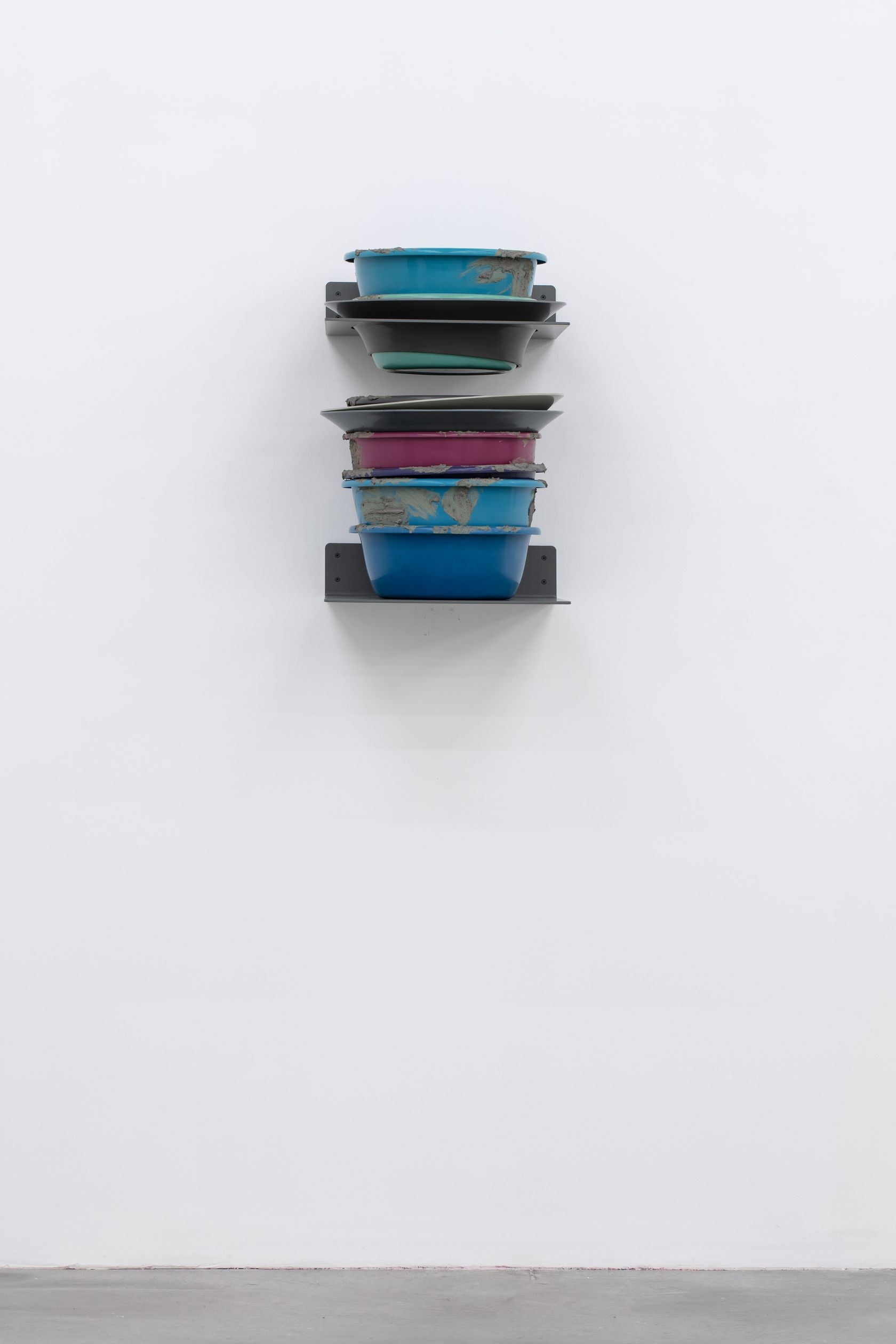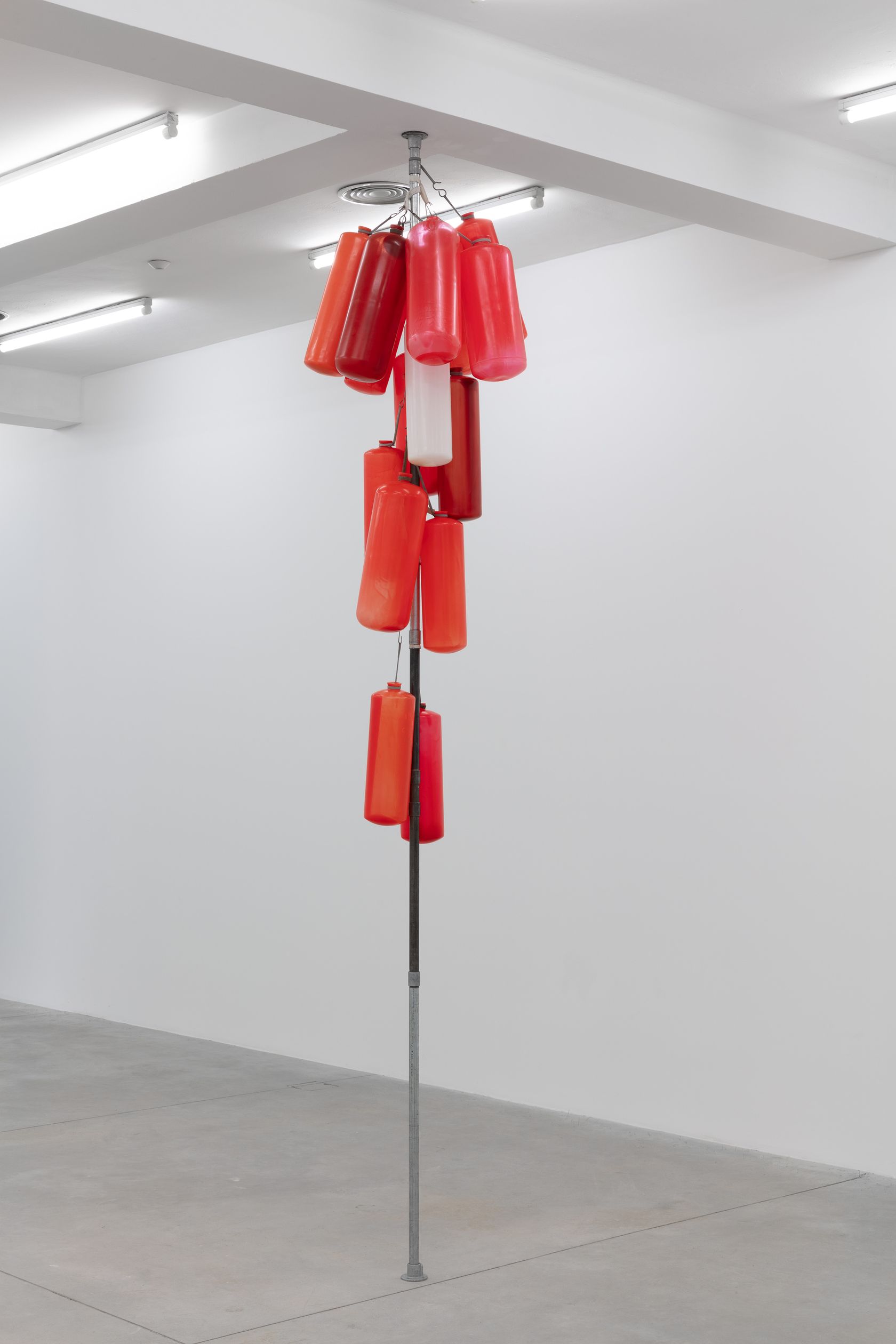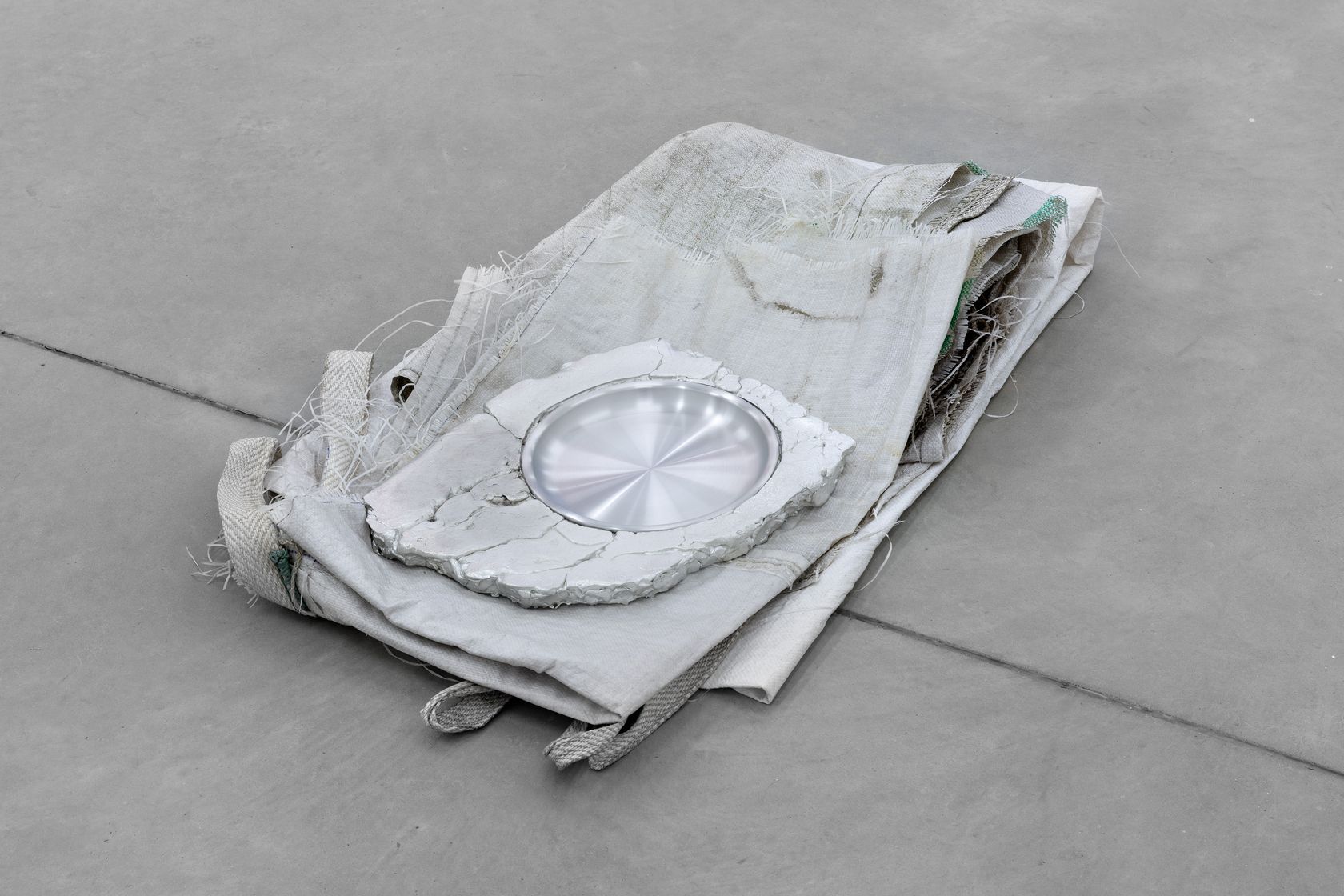-
Phillip Lai, Phillip Lai – Installation view
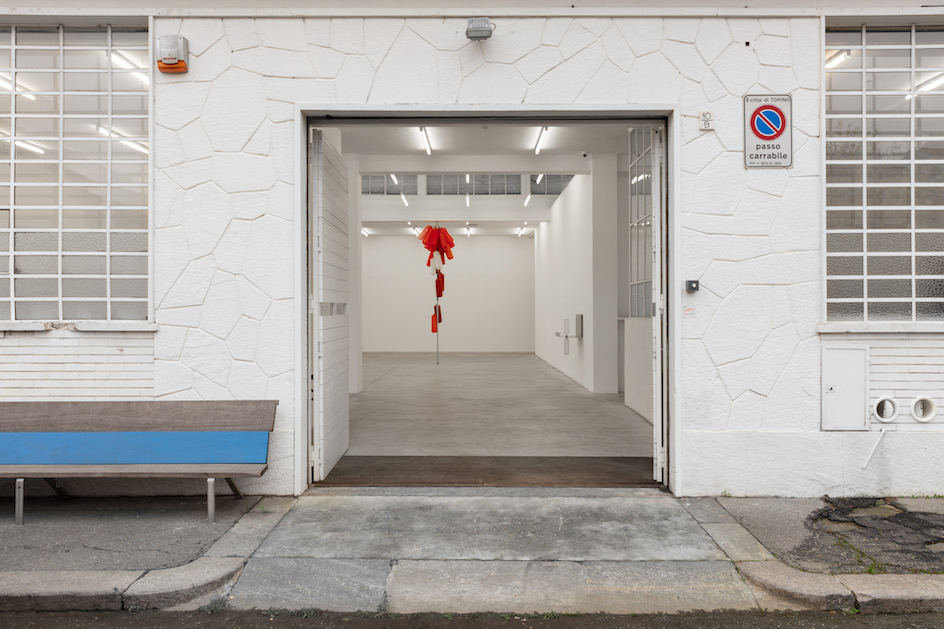
-
Phillip Lai, Phillip Lai – Installation view
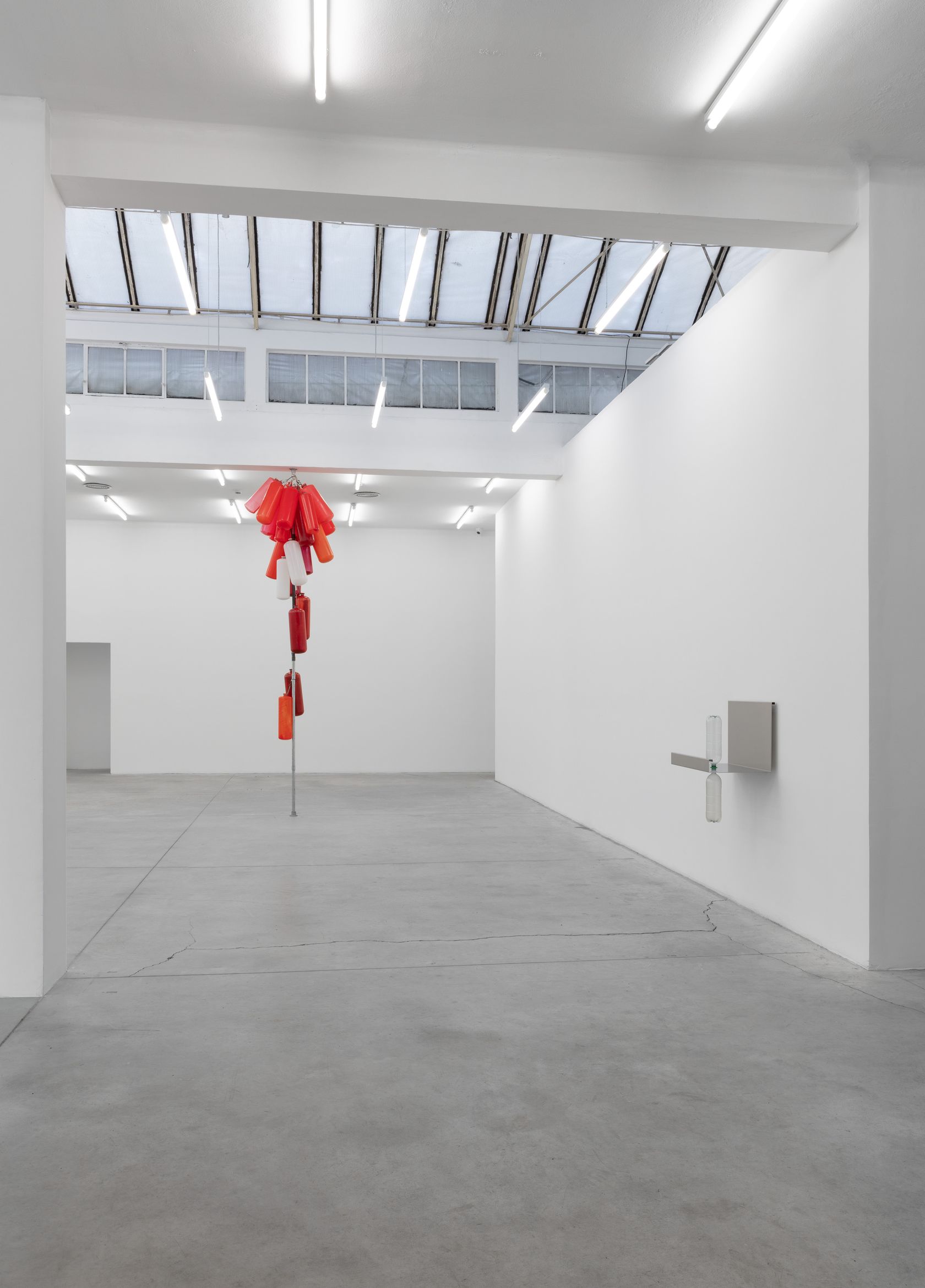
-
Phillip Lai, Phillip Lai – Installation view
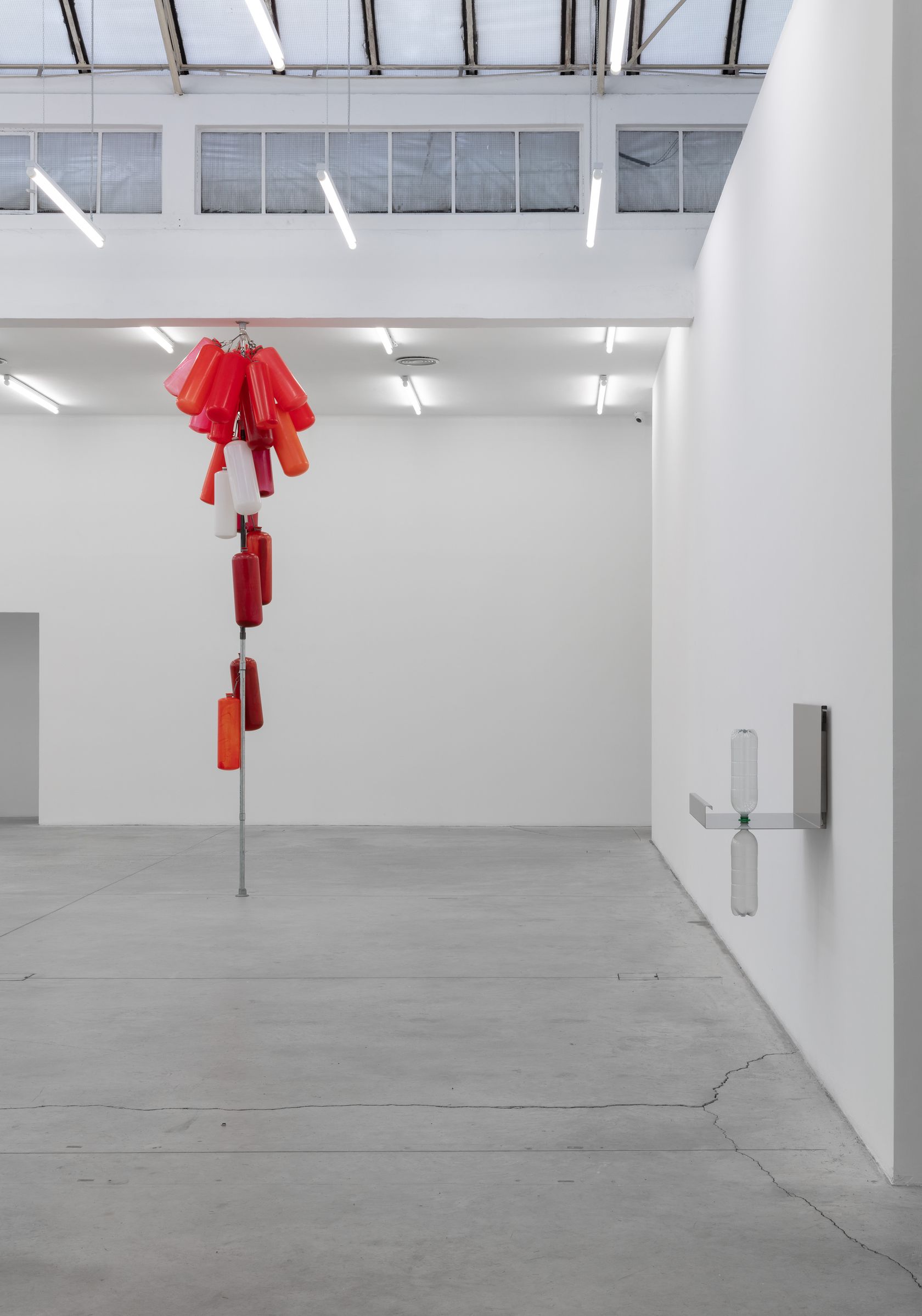
-
Phillip Lai, Phillip Lai – Installation view
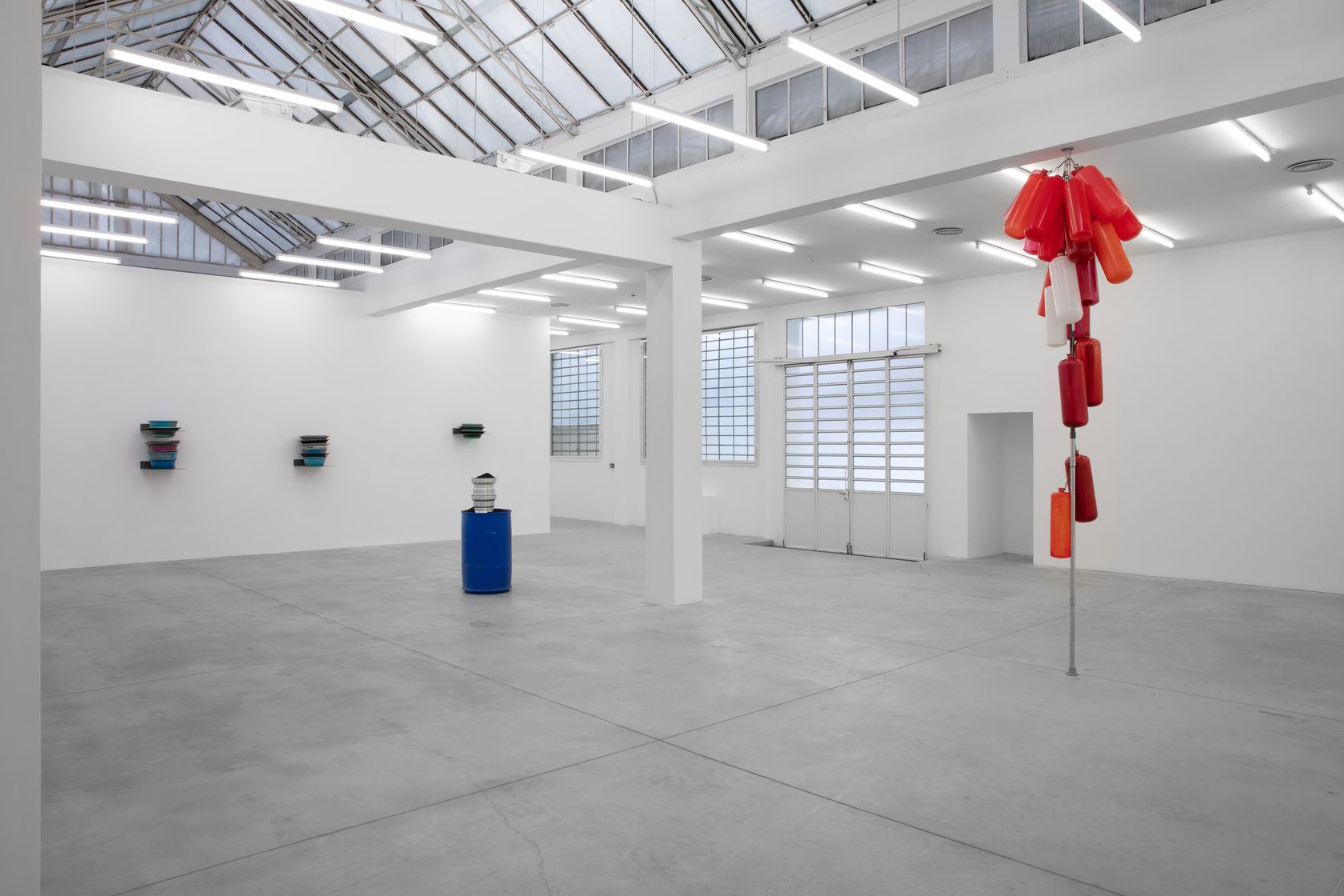
-
Phillip Lai, Phillip Lai – Installation view
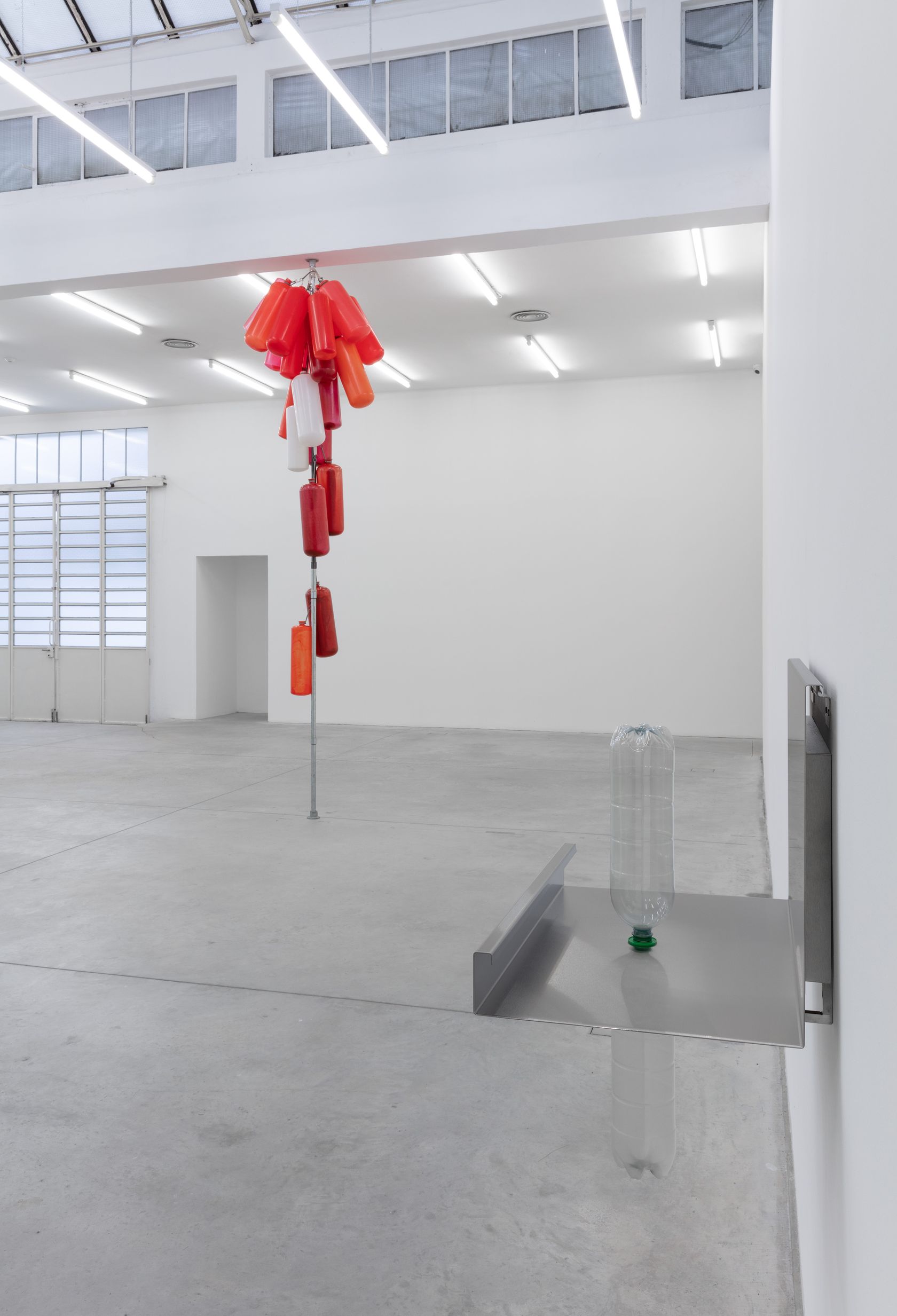
-
Phillip Lai, Phillip Lai – Installation view
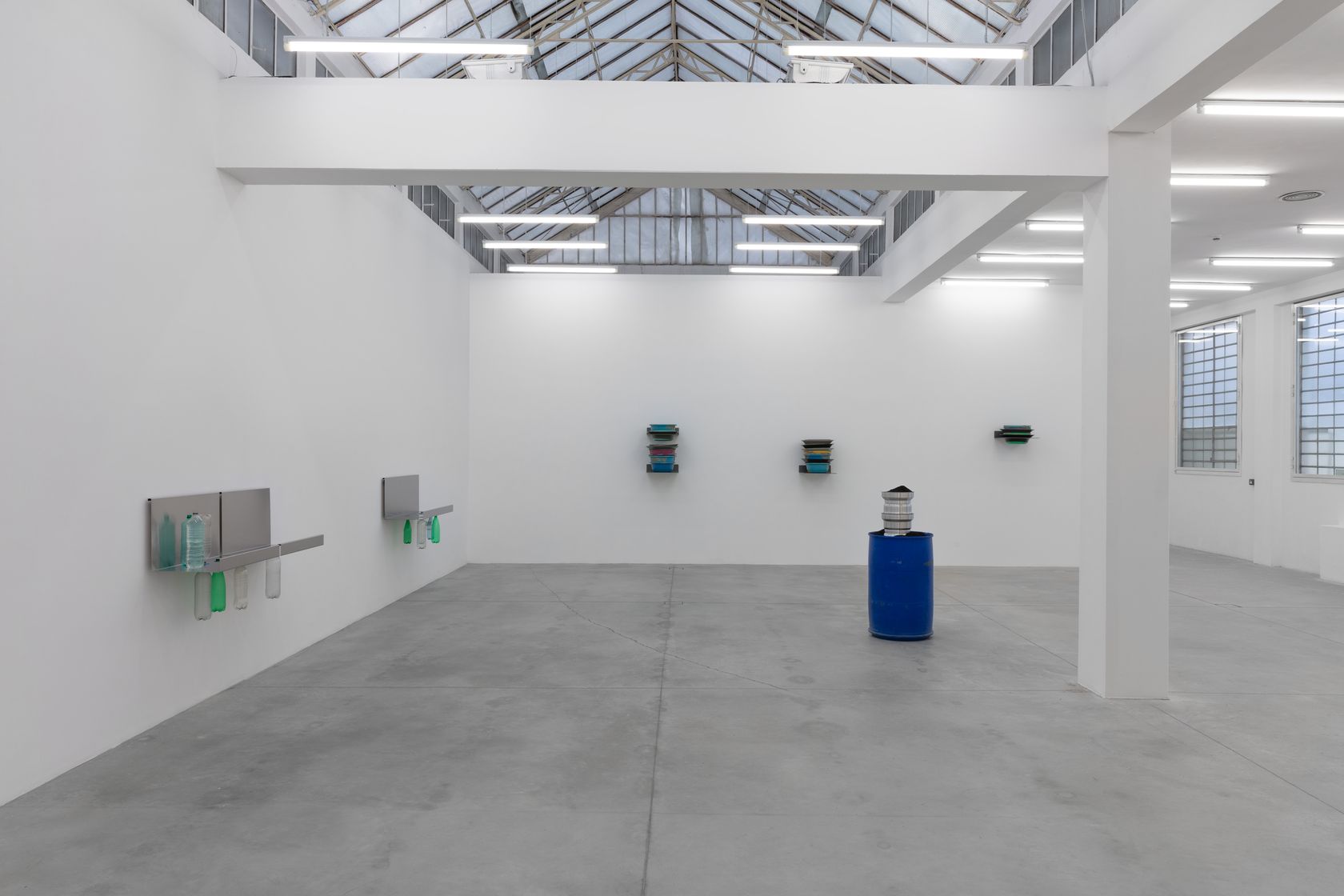
-
Phillip Lai, Phillip Lai – Installation view
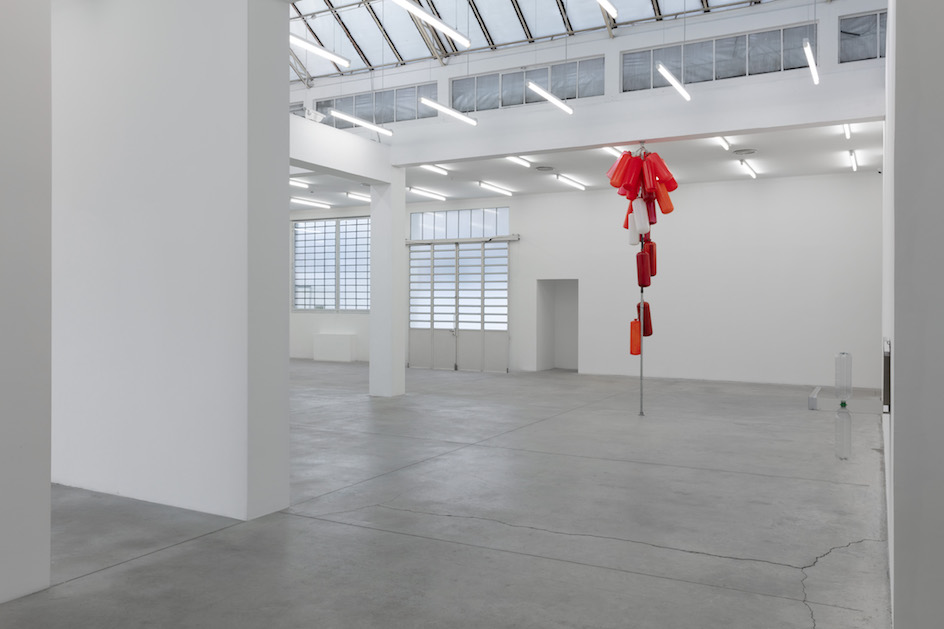
-
Phillip Lai, Phillip Lai – Installation view
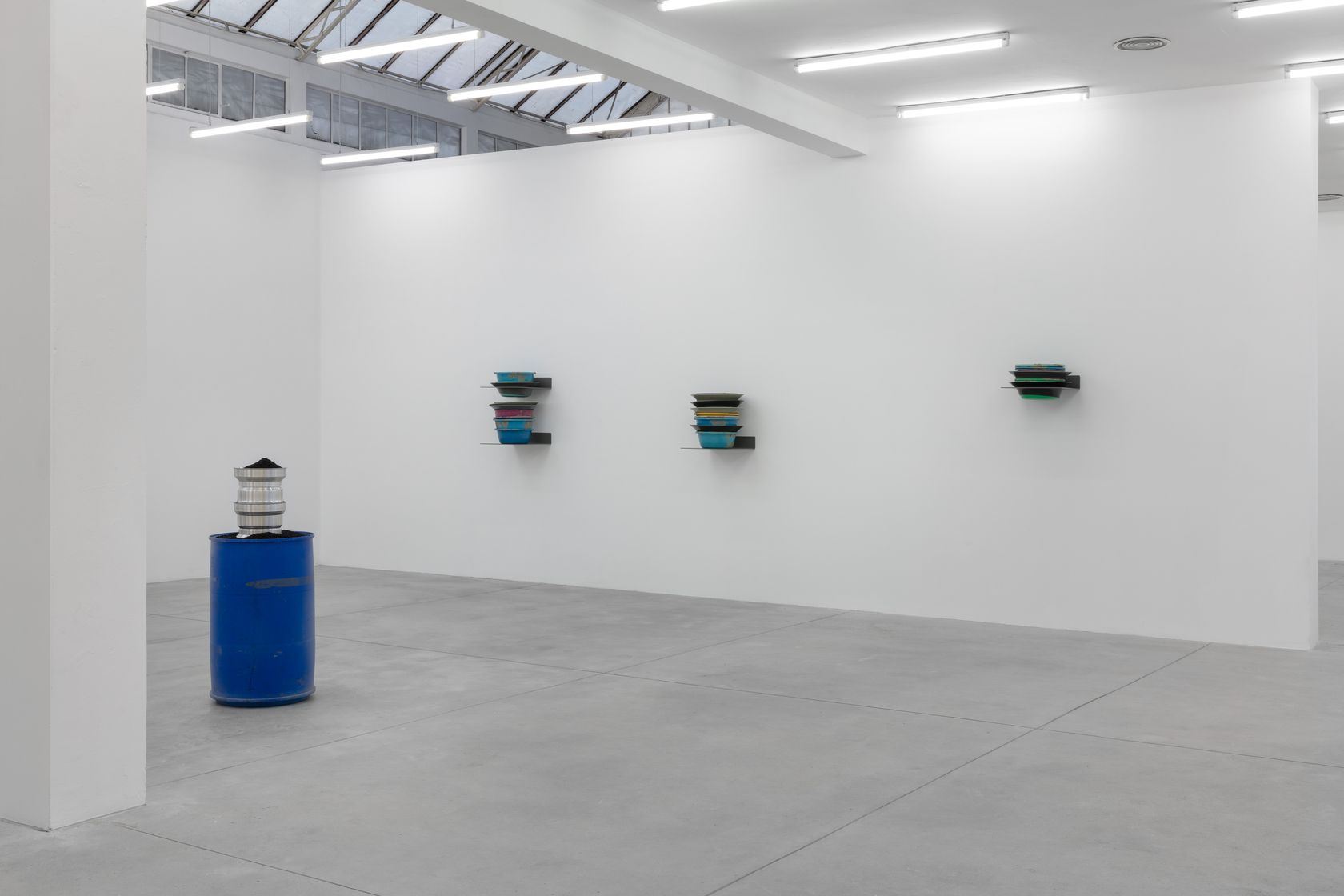
-
Phillip Lai, Phillip Lai – Installation view
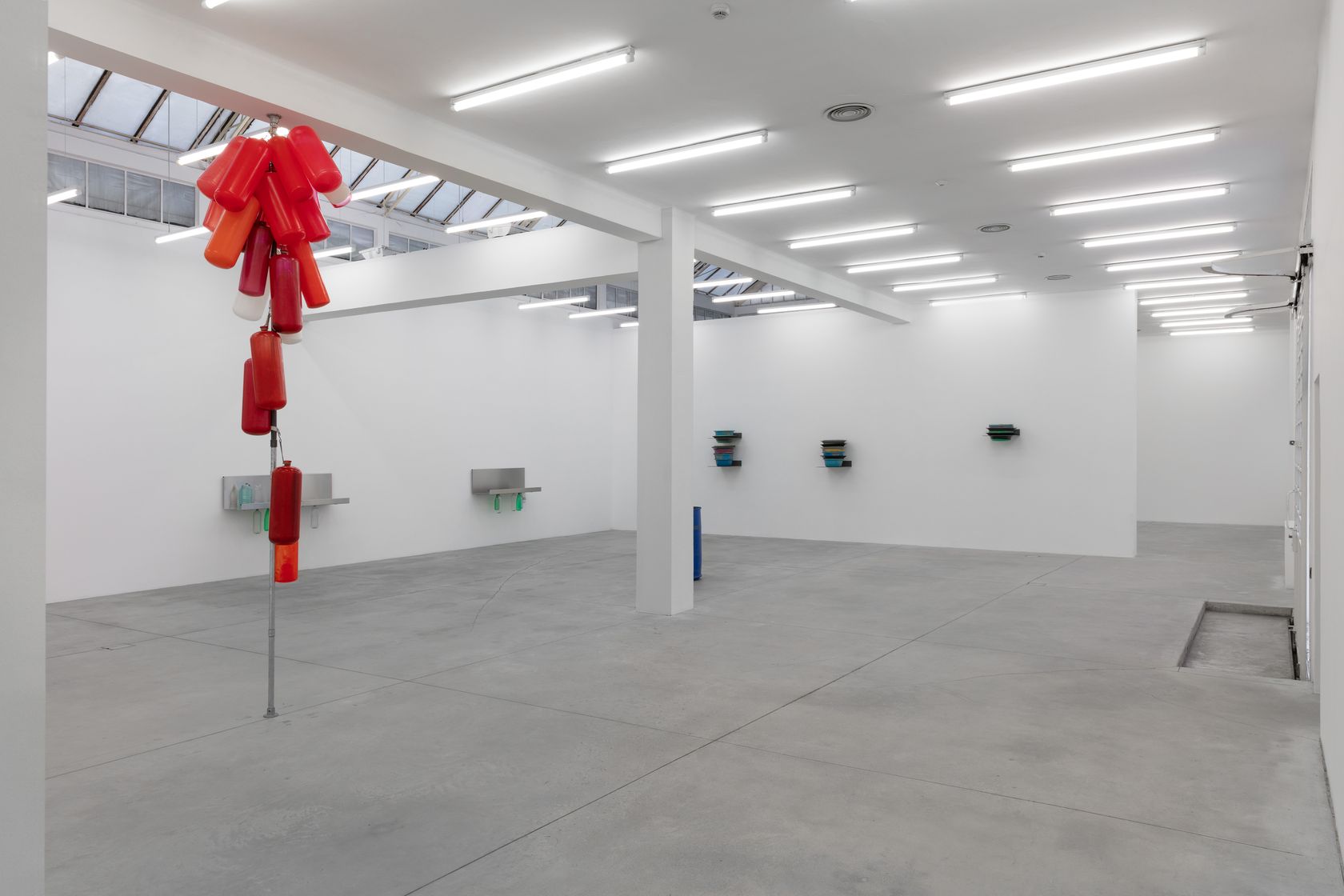
-
Phillip Lai, Phillip Lai – Installation view
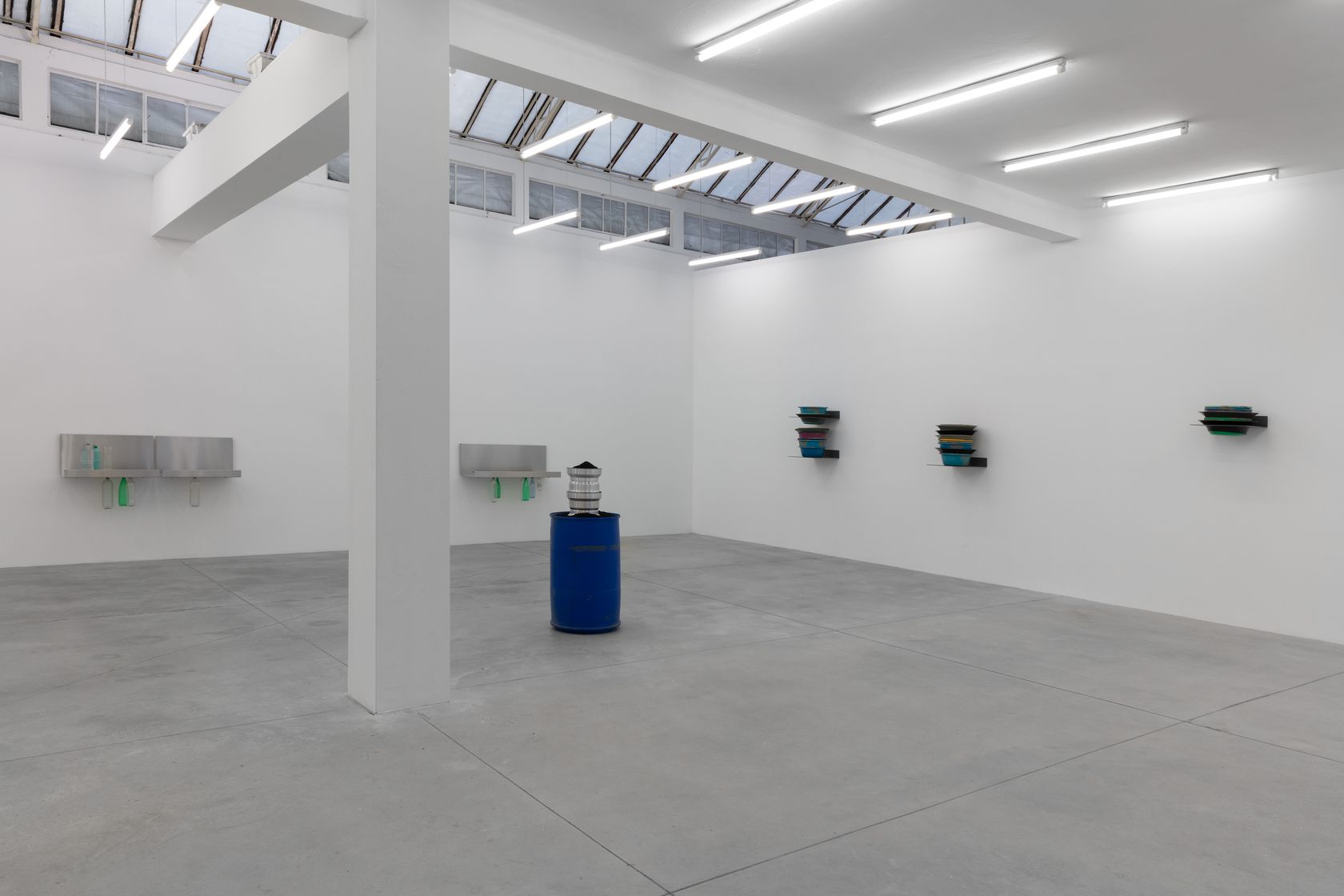
-
Phillip Lai, Phillip Lai – Installation view
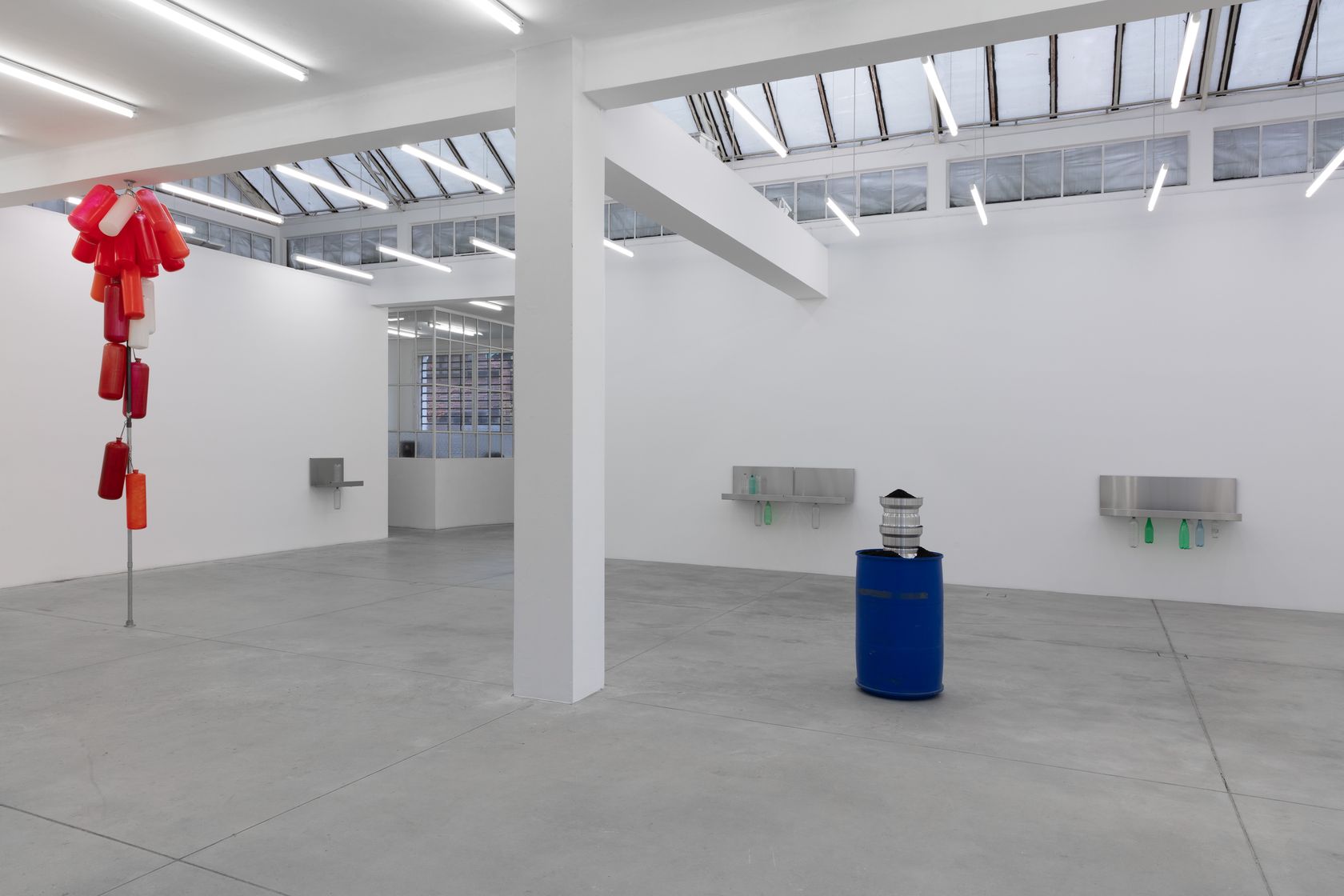
-
Phillip Lai, Phillip Lai – Installation view
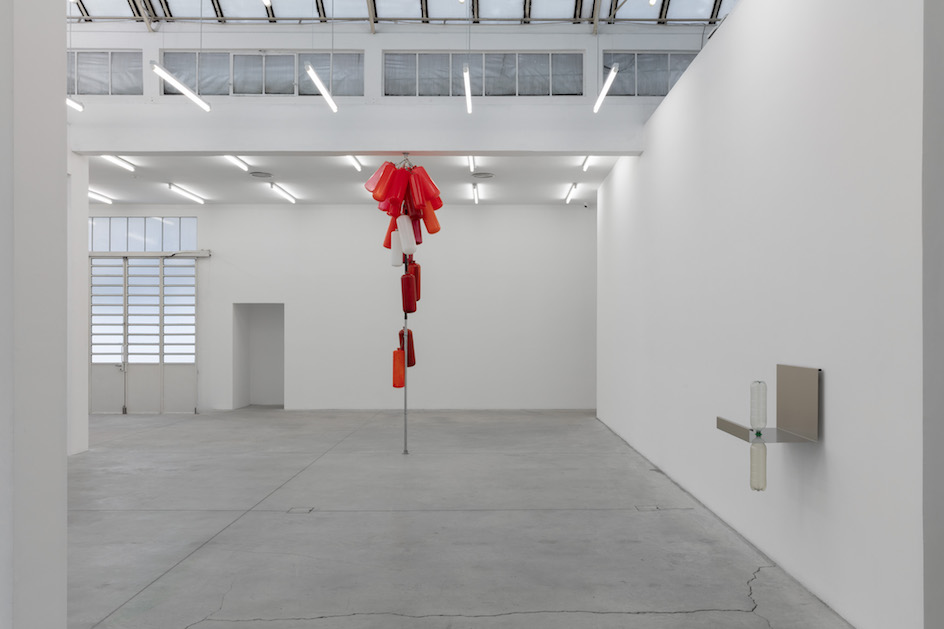
-
Phillip Lai, Phillip Lai – Installation view
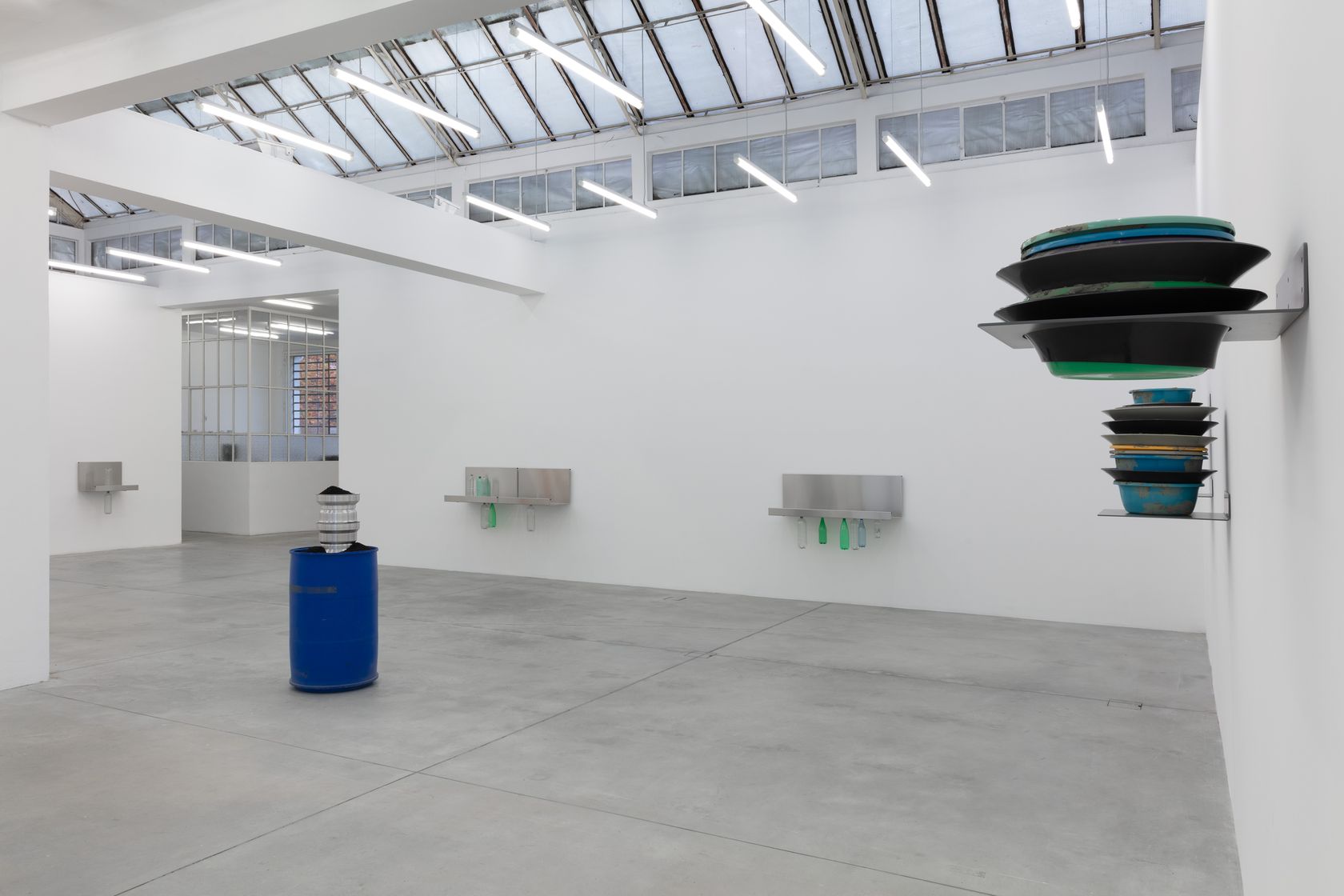
-
Phillip Lai, Phillip Lai – Installation view
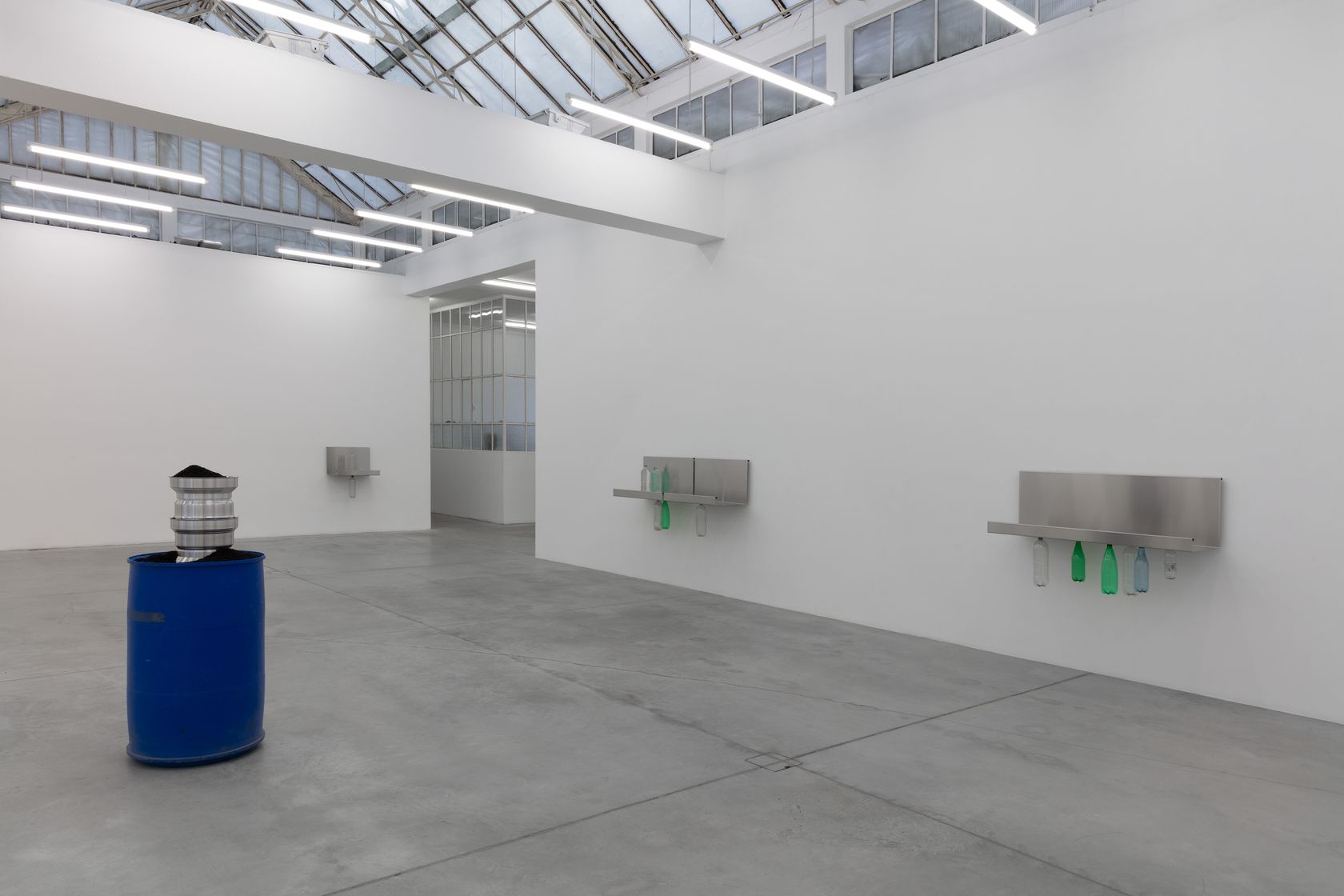
-
Phillip Lai, Phillip Lai – Installation view
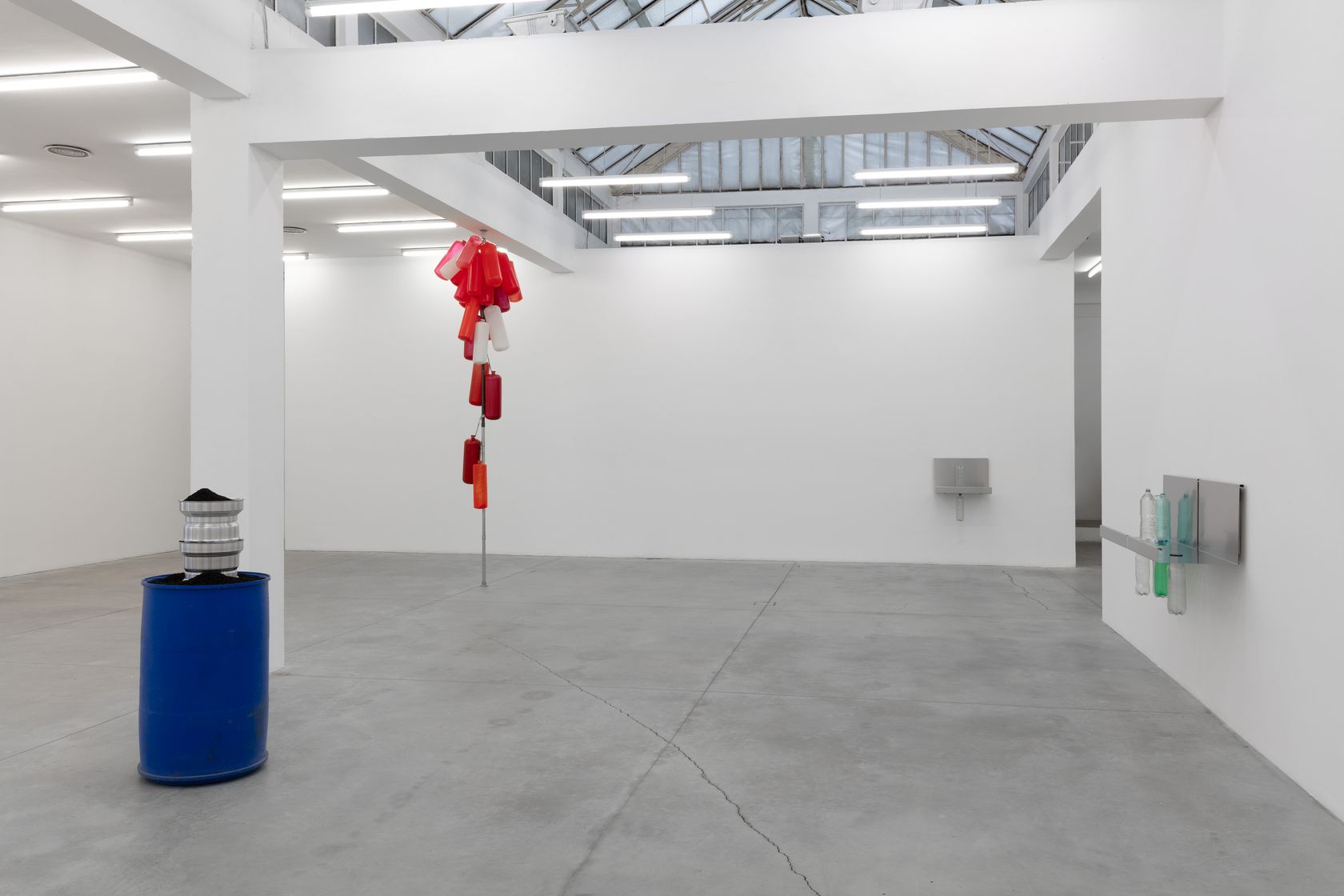
-
Phillip Lai, Phillip Lai – Installation view
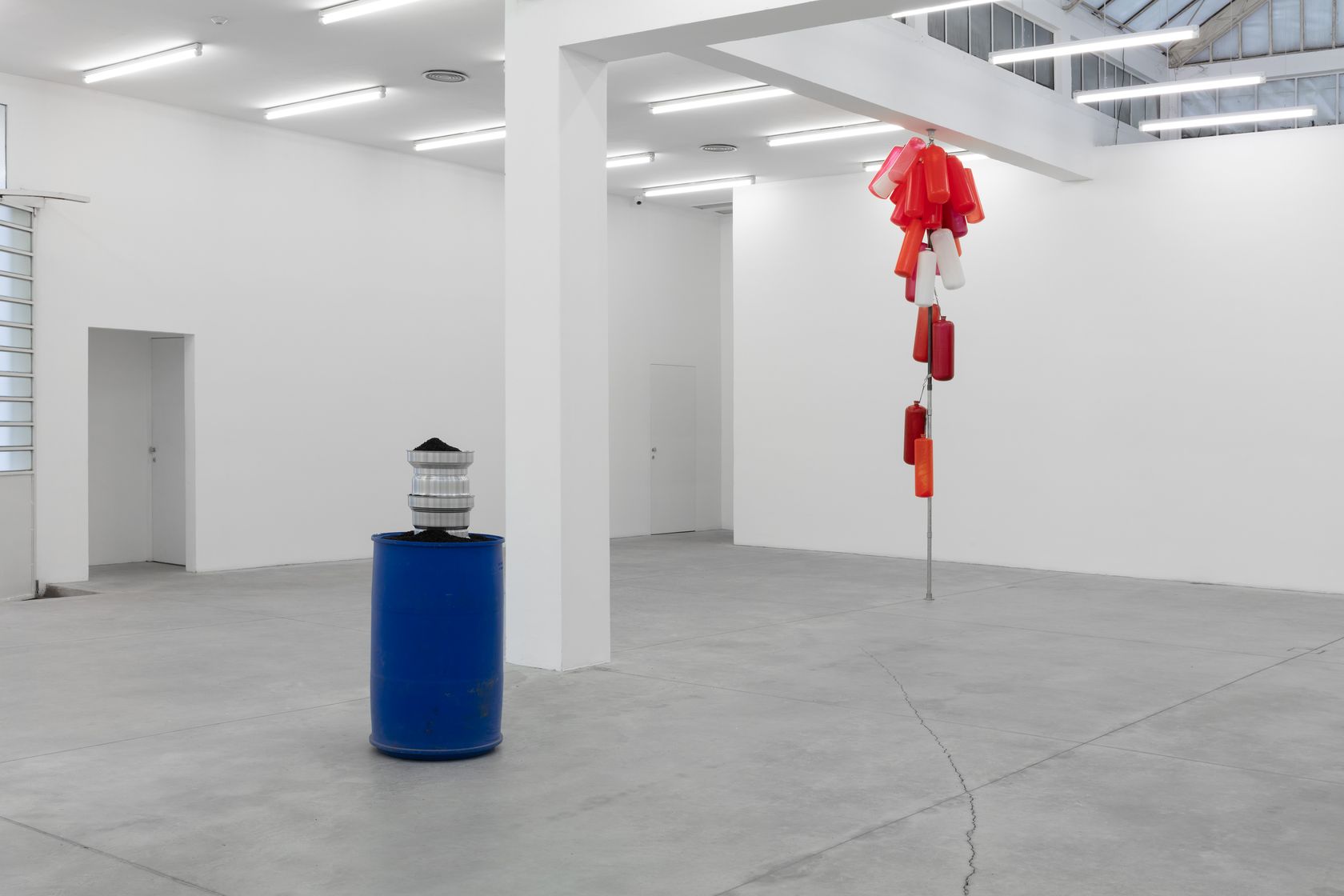
-
Phillip Lai, Phillip Lai – Installation view
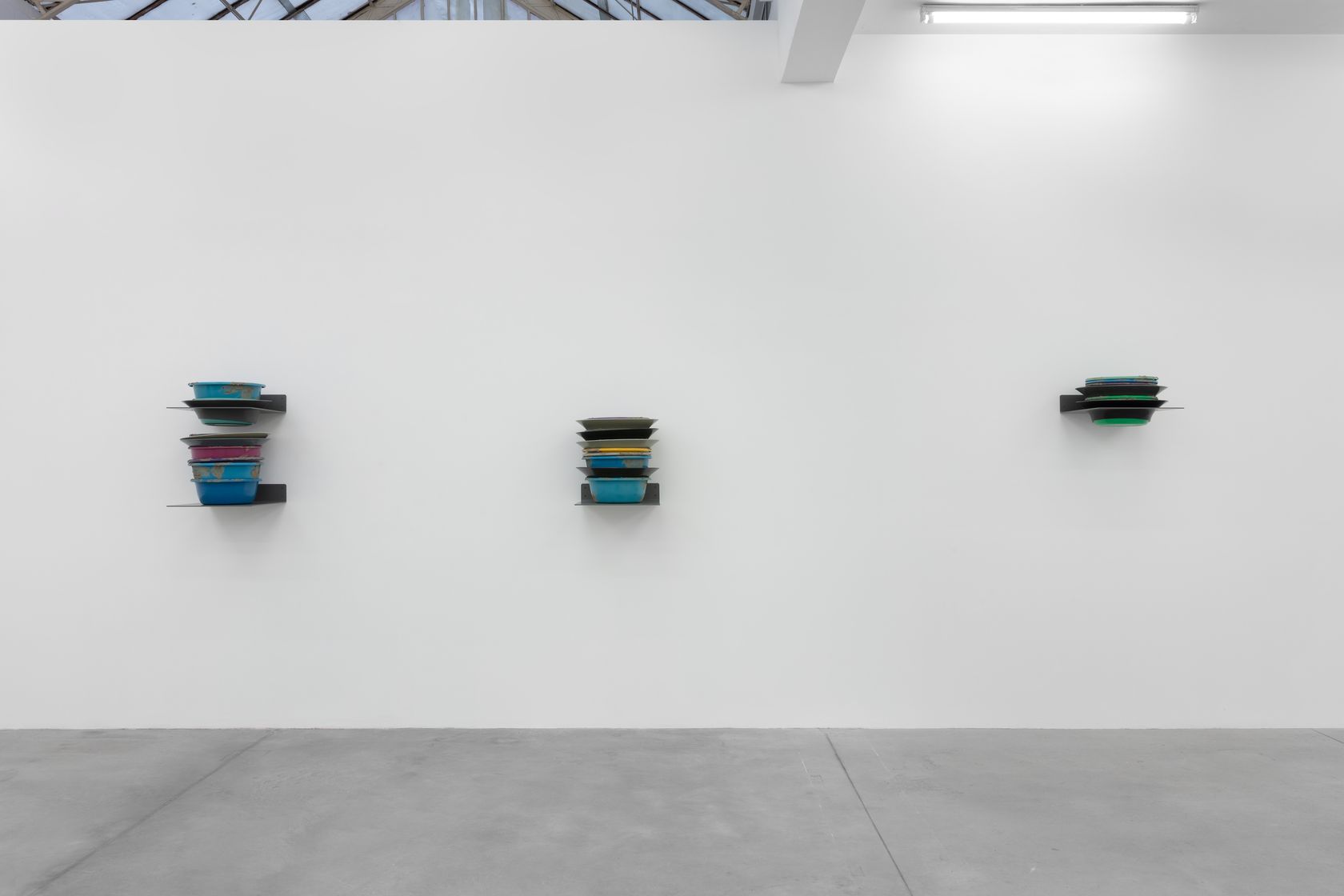
-
Phillip Lai, Phillip Lai – Installation view
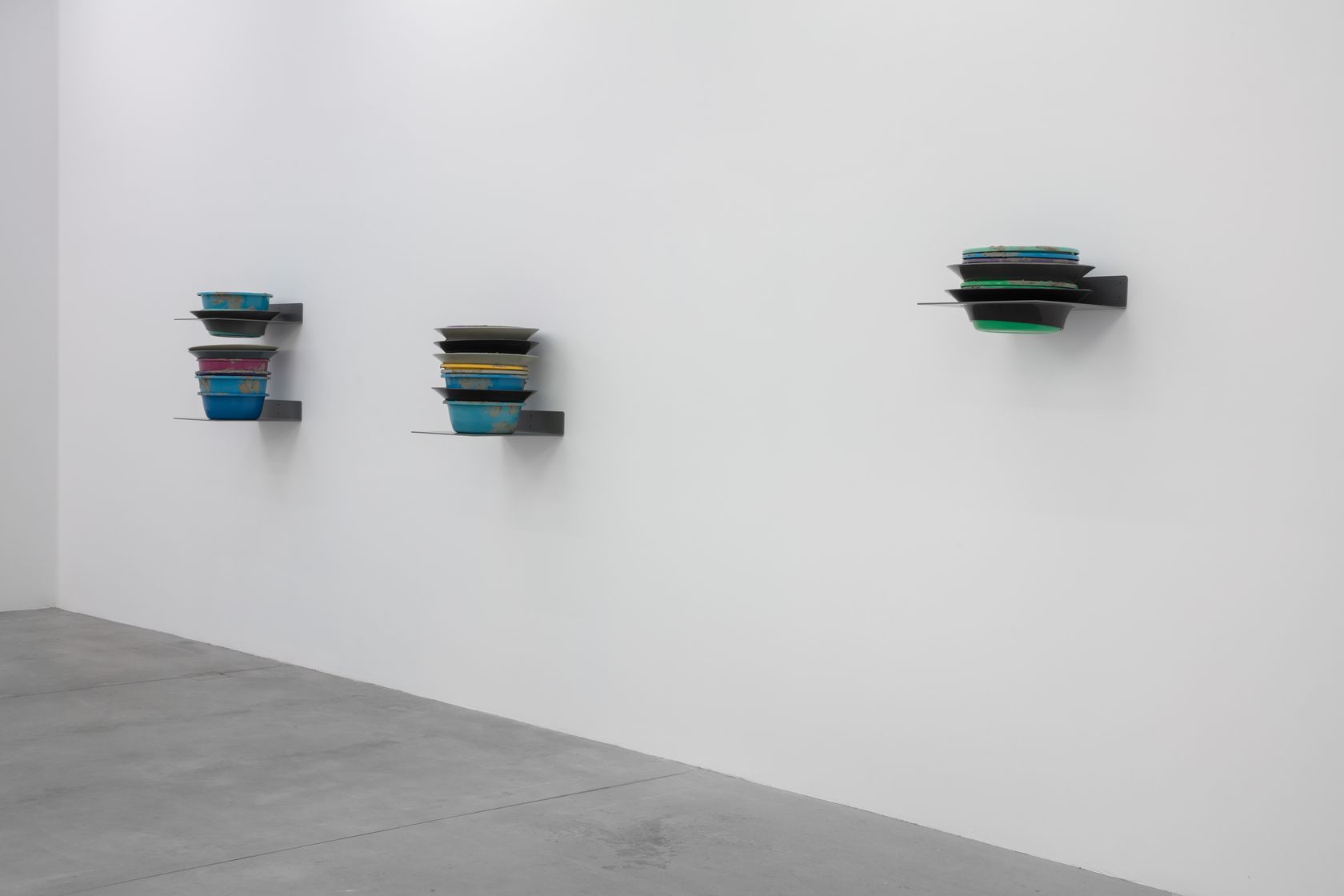
-
Phillip Lai, Phillip Lai – Installation view
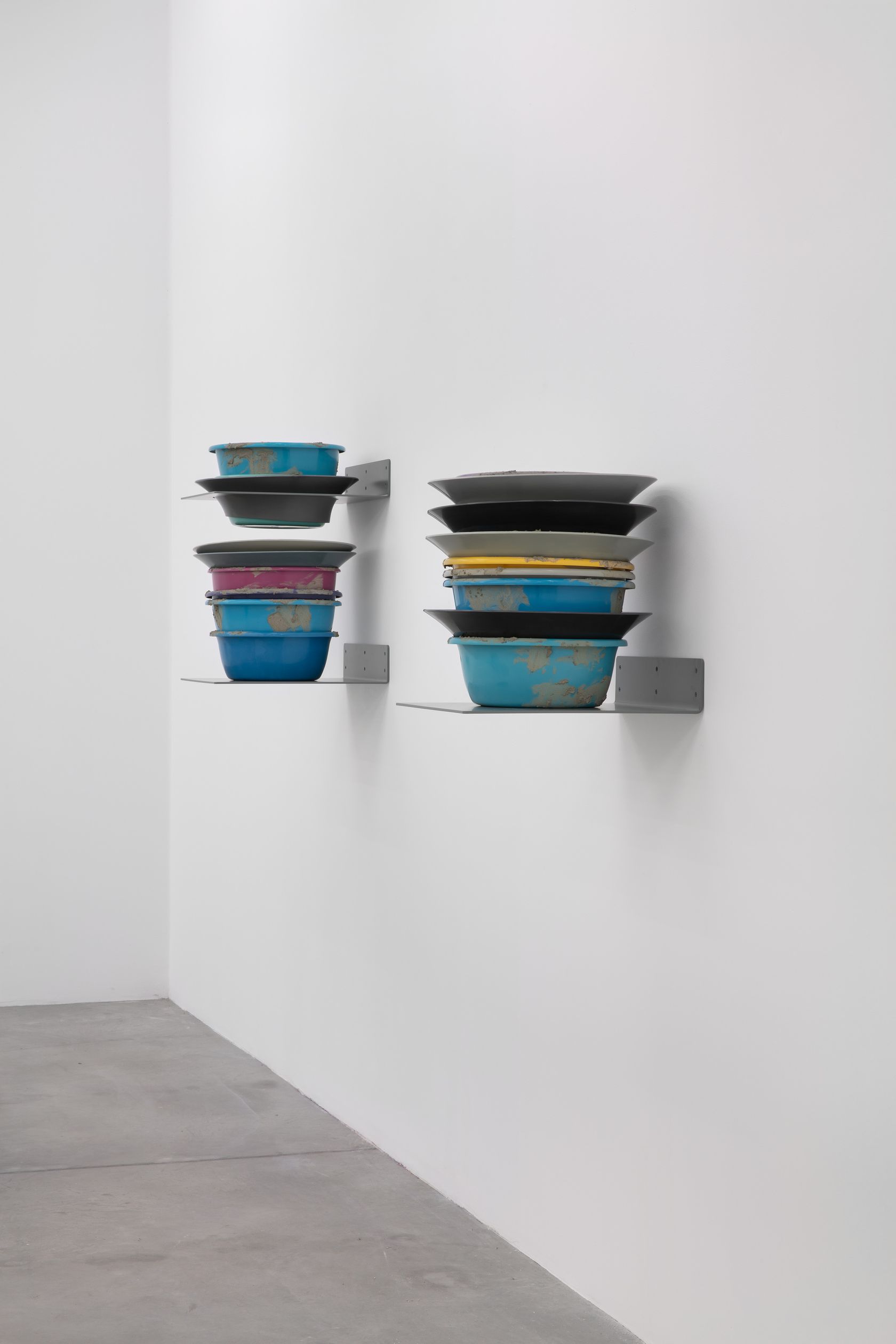
-
Phillip Lai, Phillip Lai – Installation view
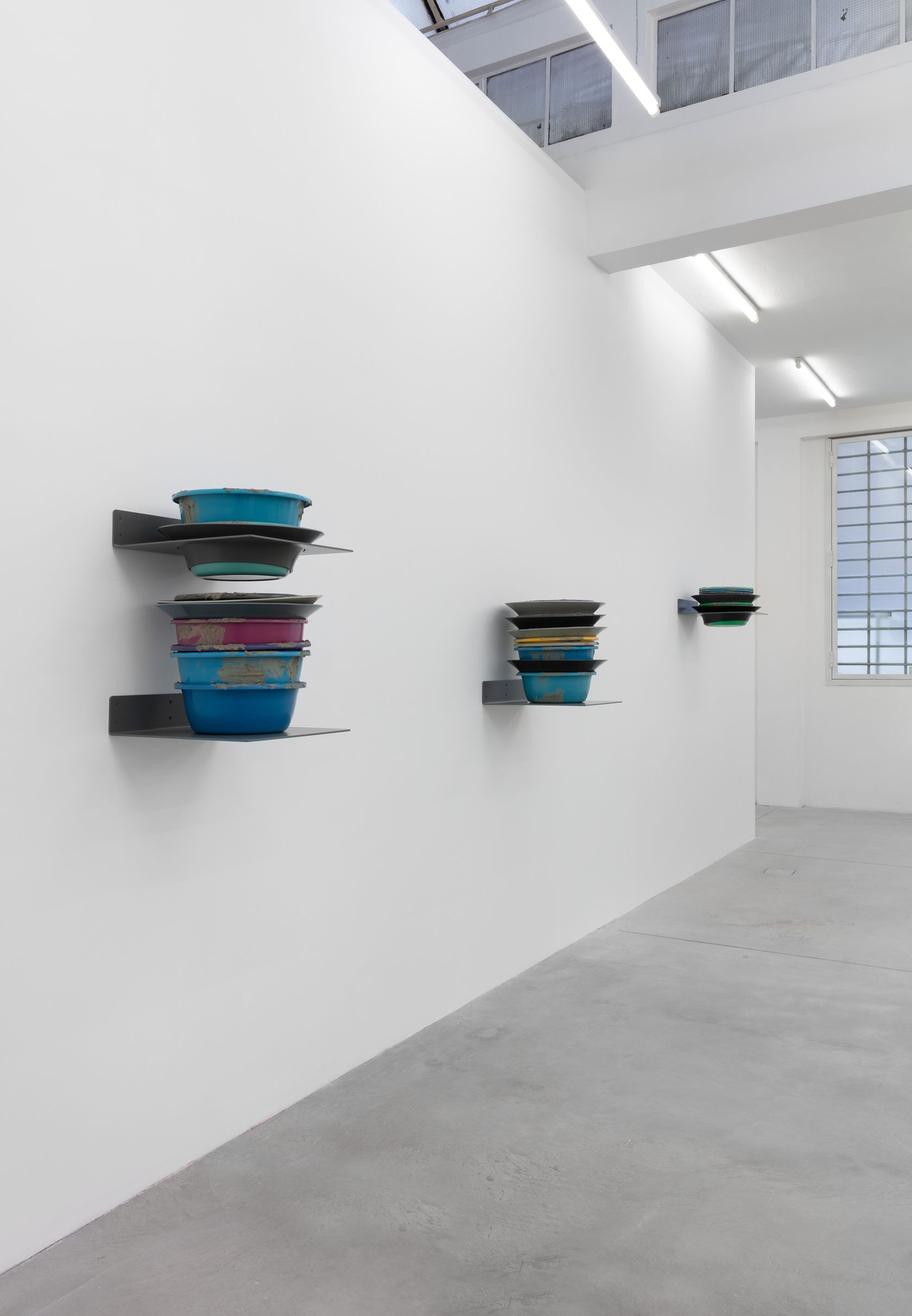
-
Phillip Lai, Phillip Lai – Installation view
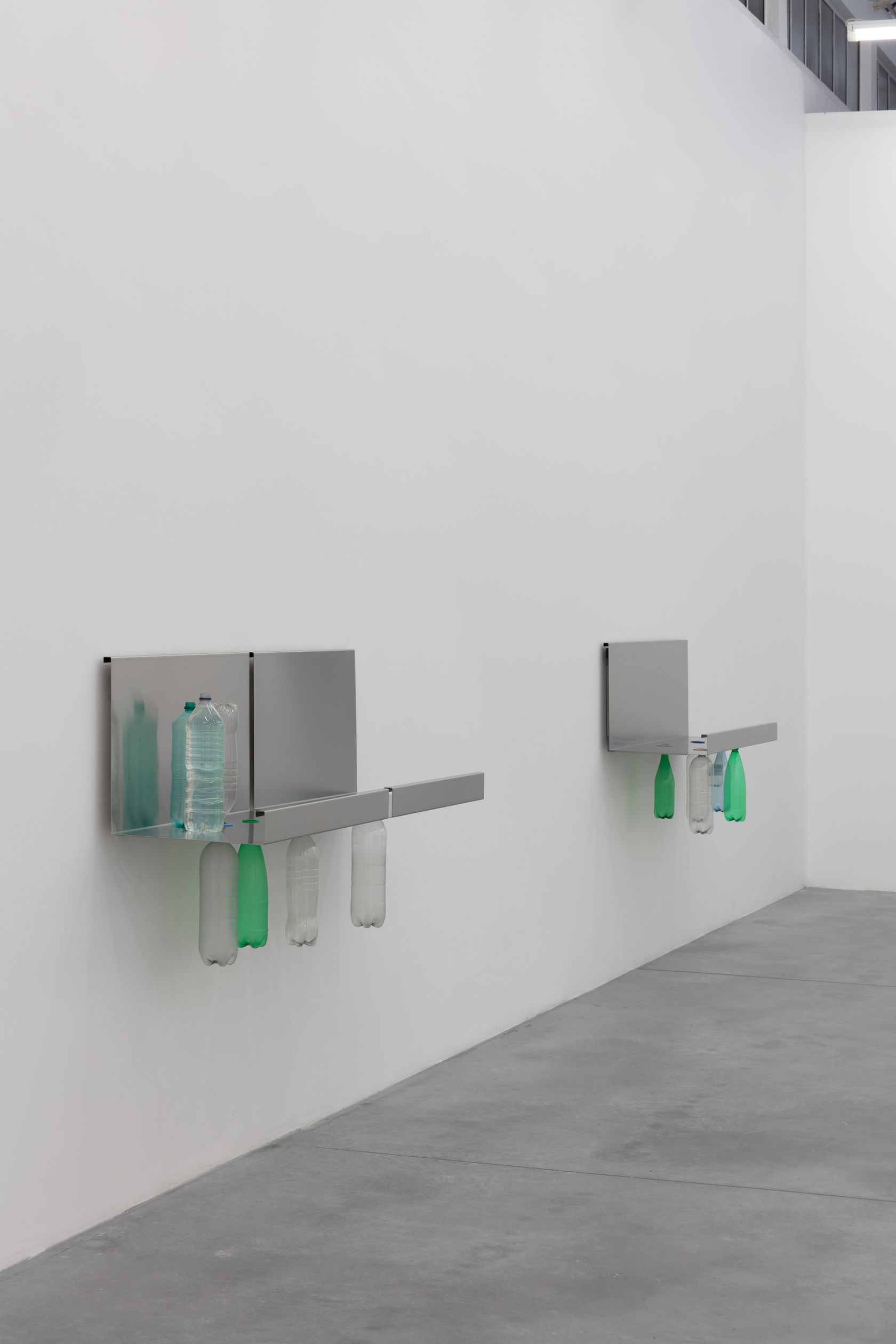
-
Phillip Lai, Phillip Lai – Installation view
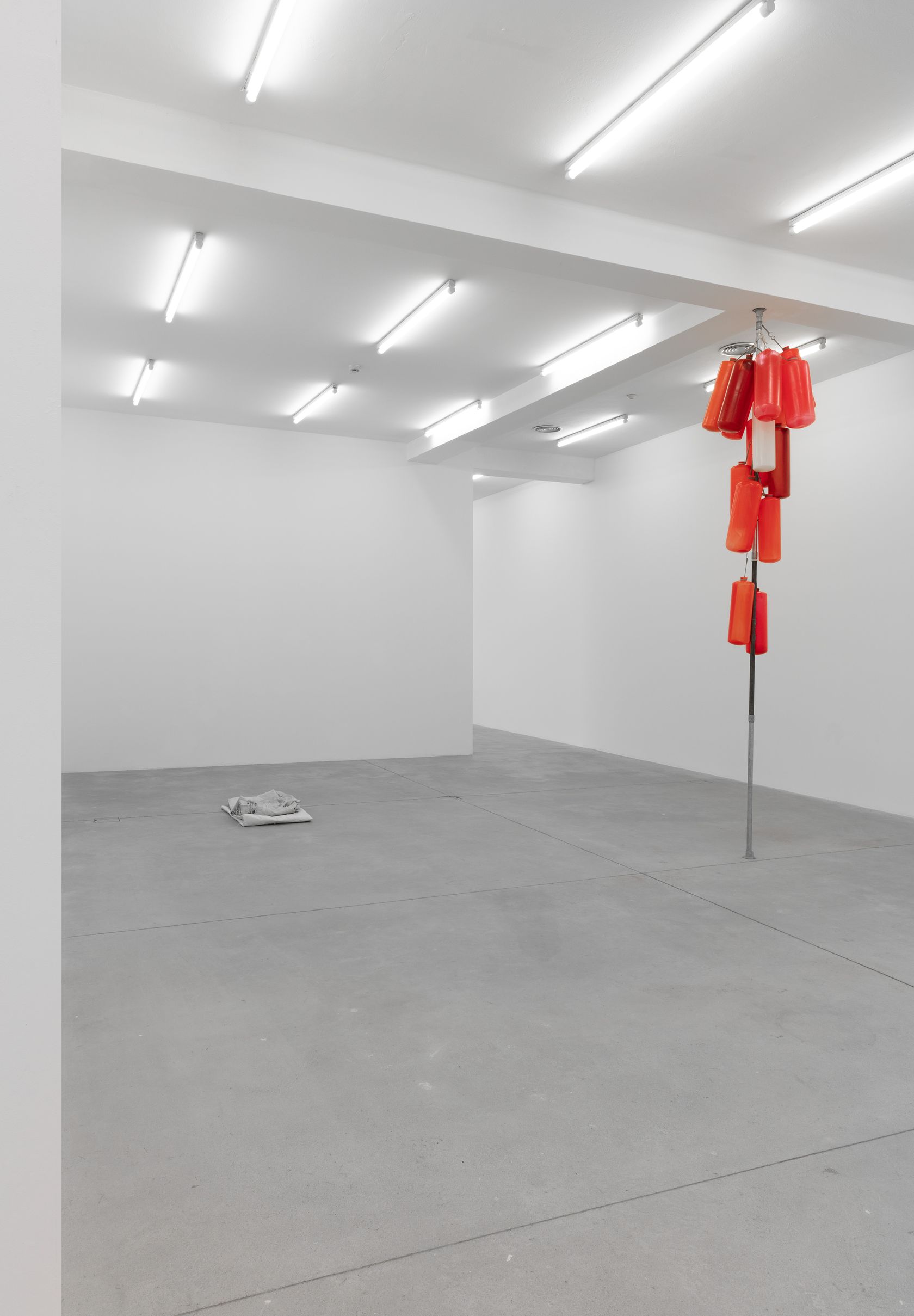
-
Phillip Lai, Phillip Lai – Installation view
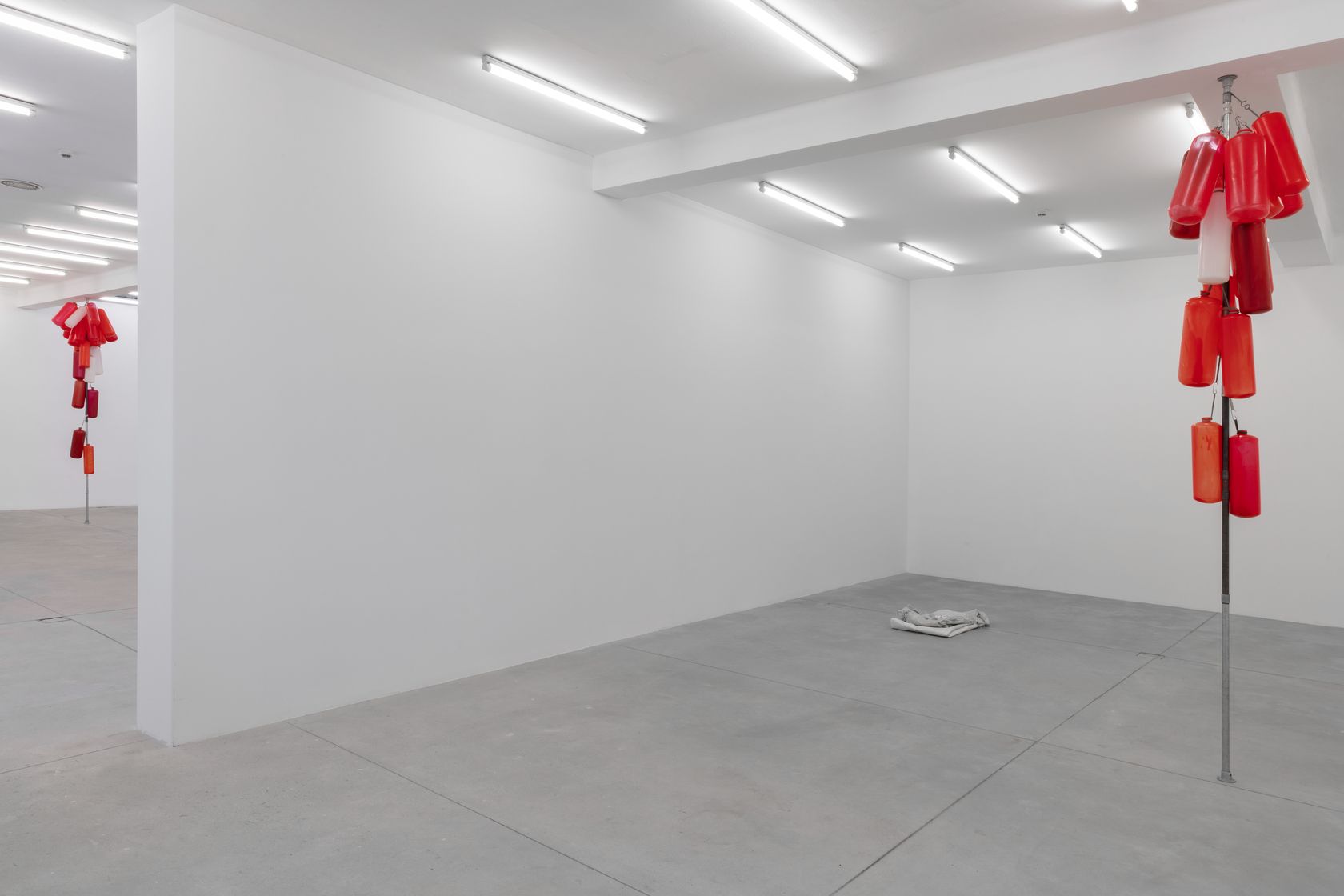
-
Phillip Lai, Phillip Lai – Installation view
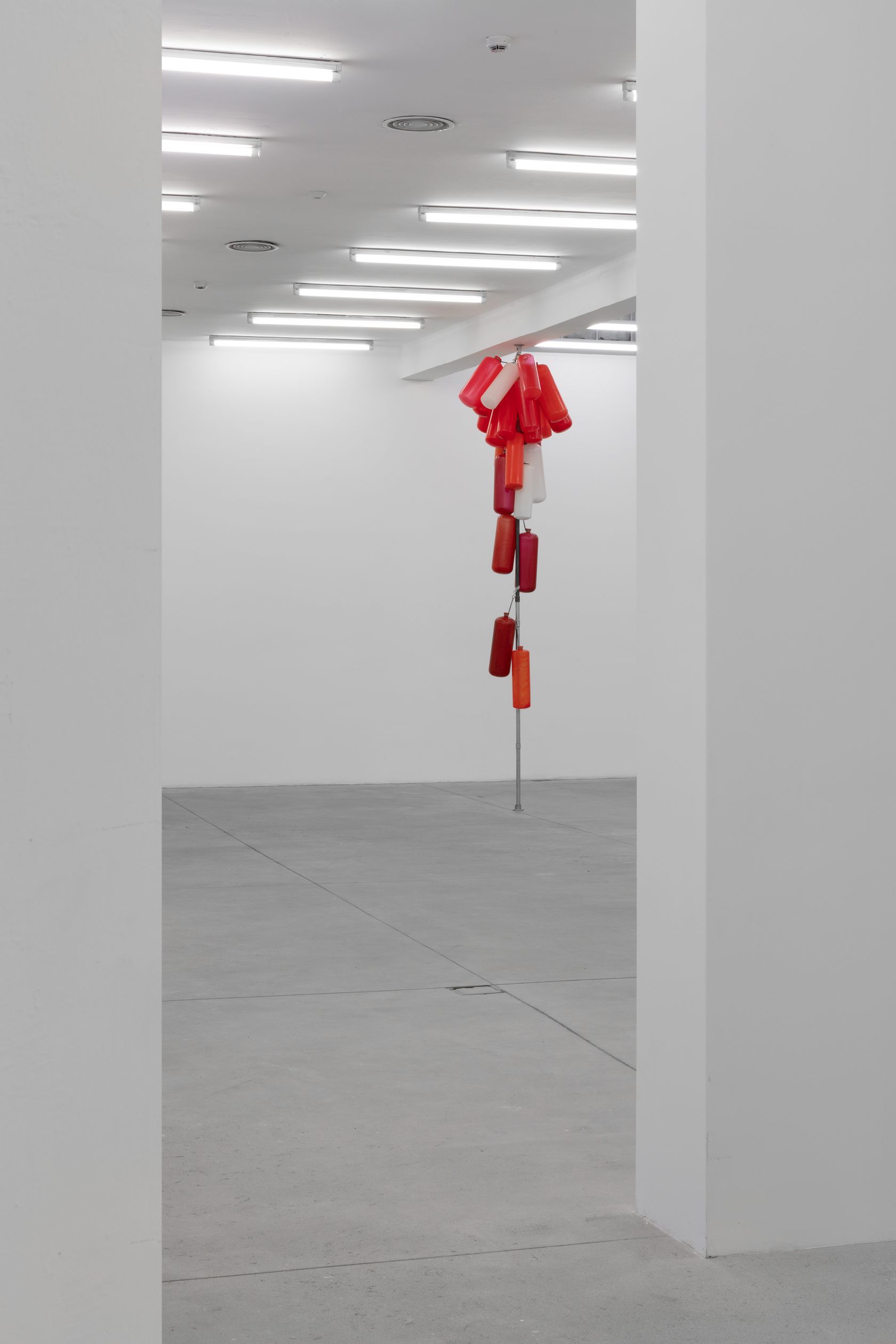
-
Phillip Lai, Phillip Lai – Installation view
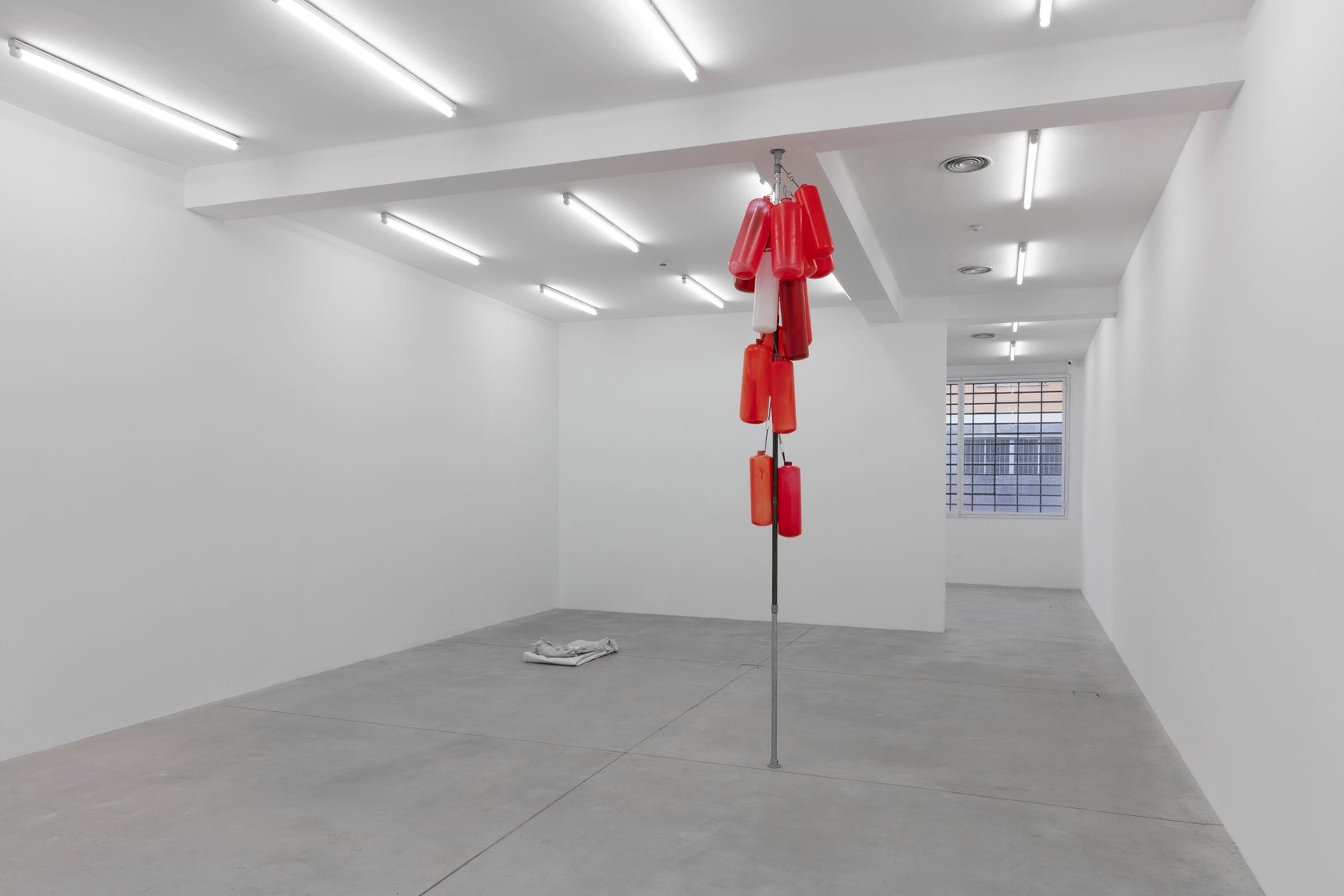
-
Phillip Lai, Phillip Lai – Installation view
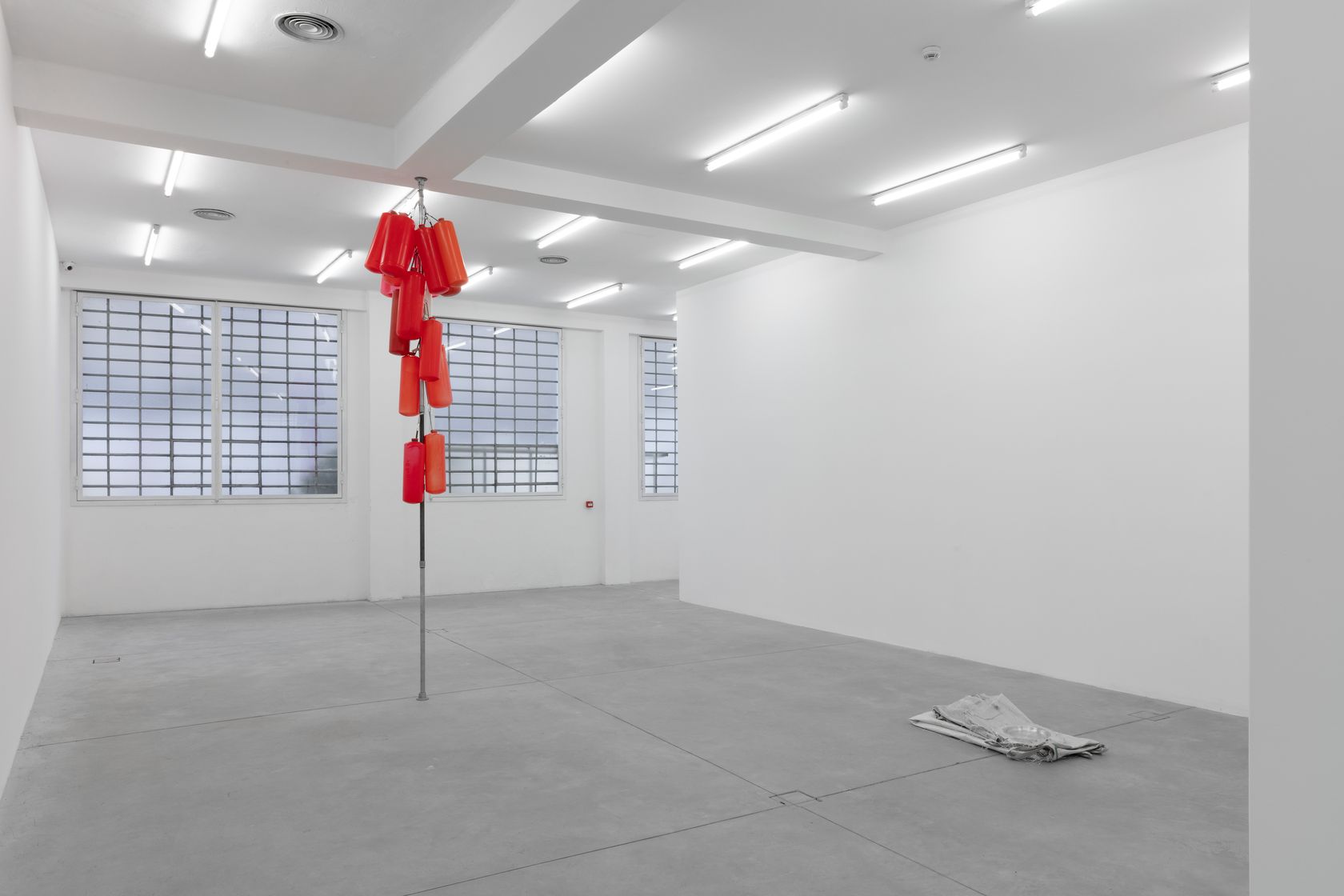
-
Phillip Lai, Phillip Lai – Installation view
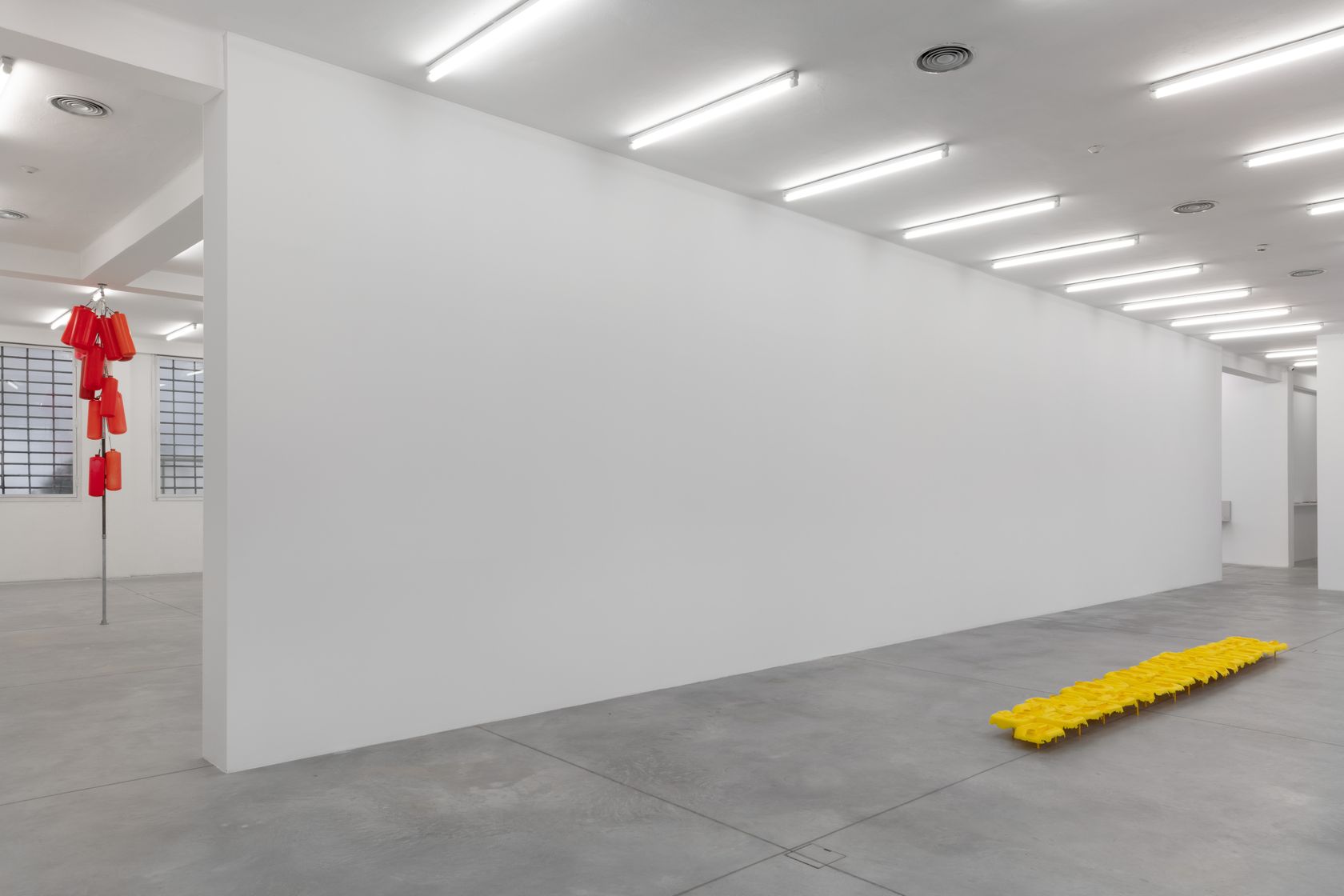
-
Phillip Lai, Phillip Lai – Installation view
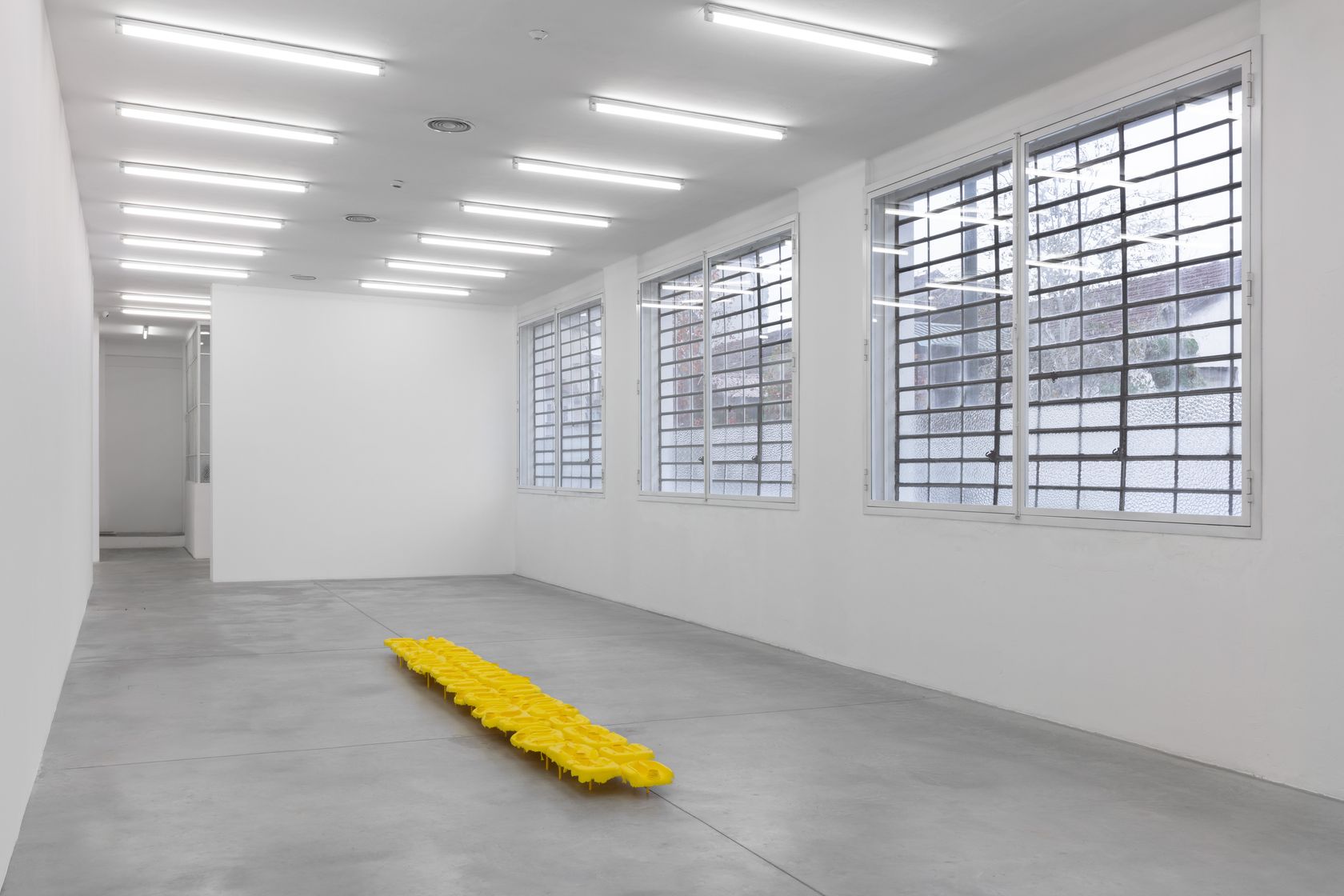
-
Phillip Lai, Phillip Lai – Installation view
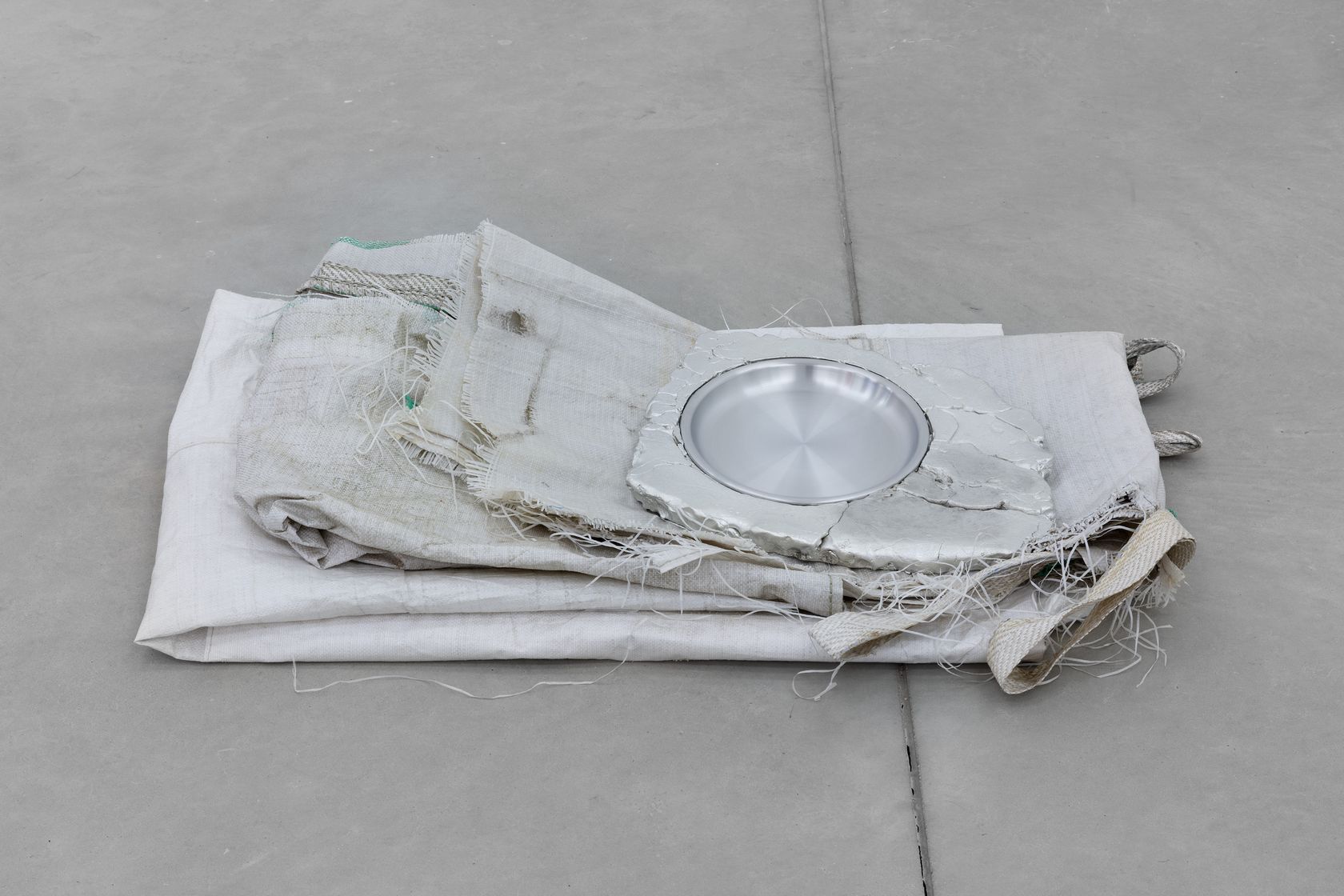
-
Phillip Lai, Phillip Lai – Installation view
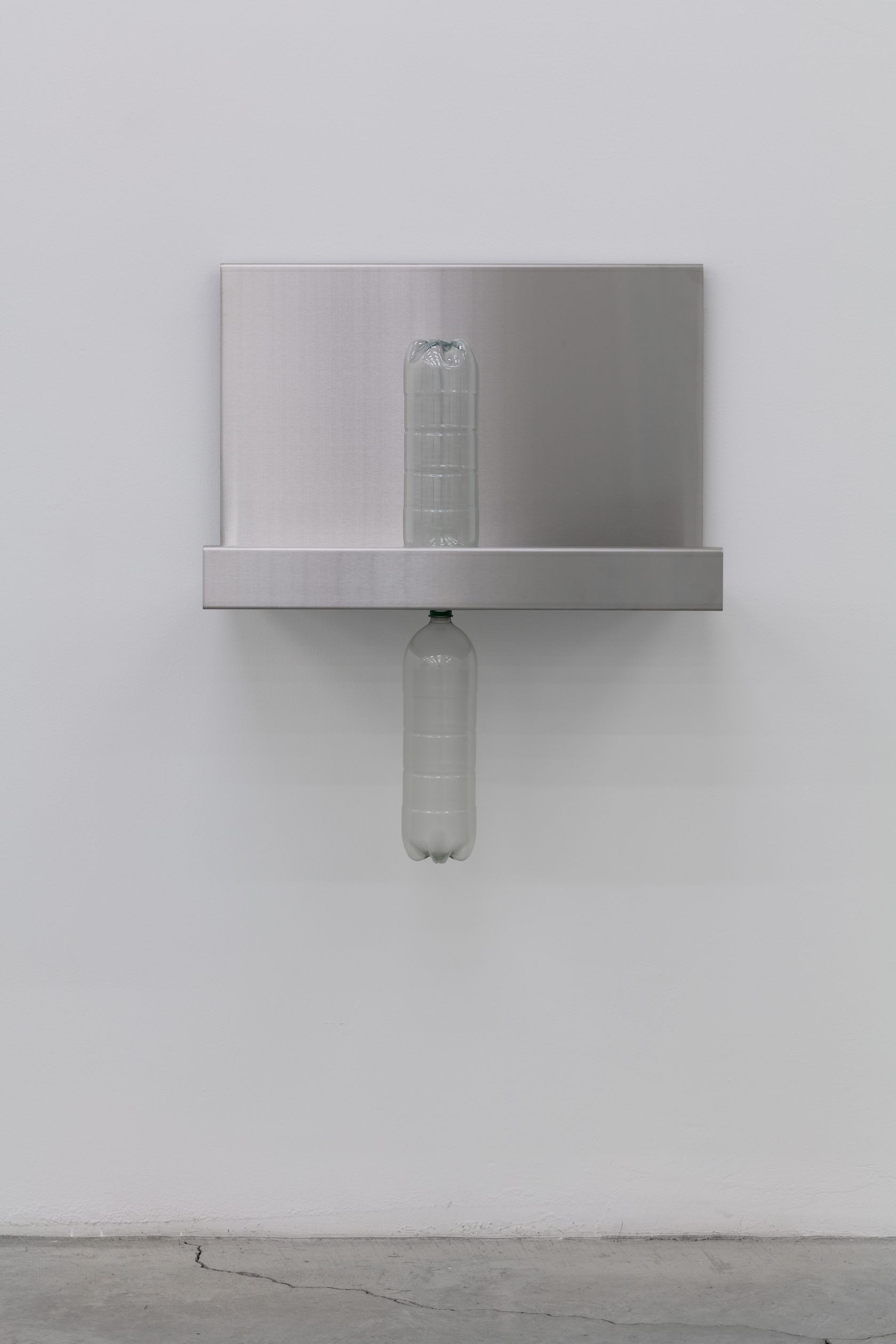
-
Phillip Lai, Phillip Lai – Installation view
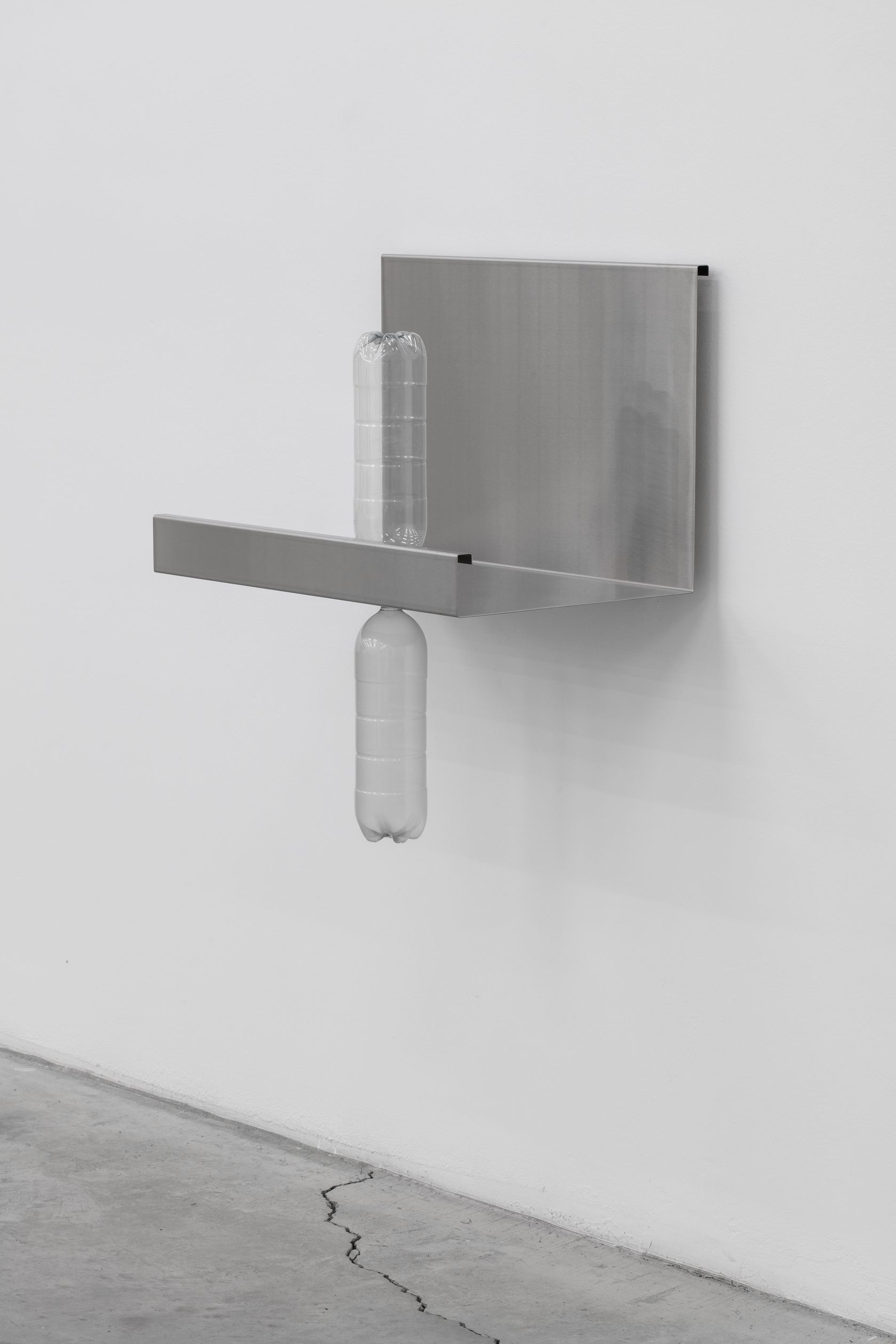
-
Phillip Lai, Phillip Lai – Installation view
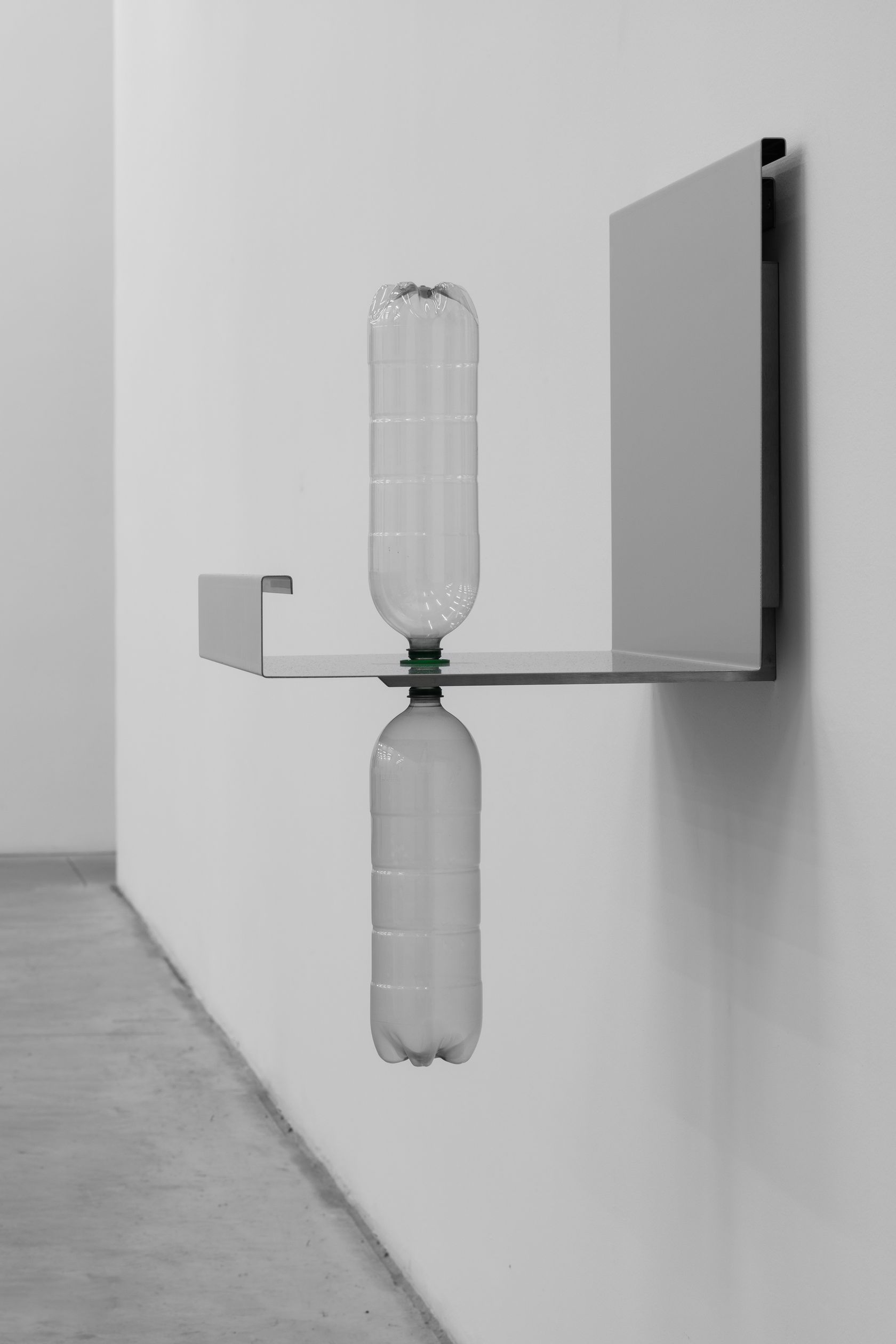
-
Phillip Lai, Phillip Lai – Installation view
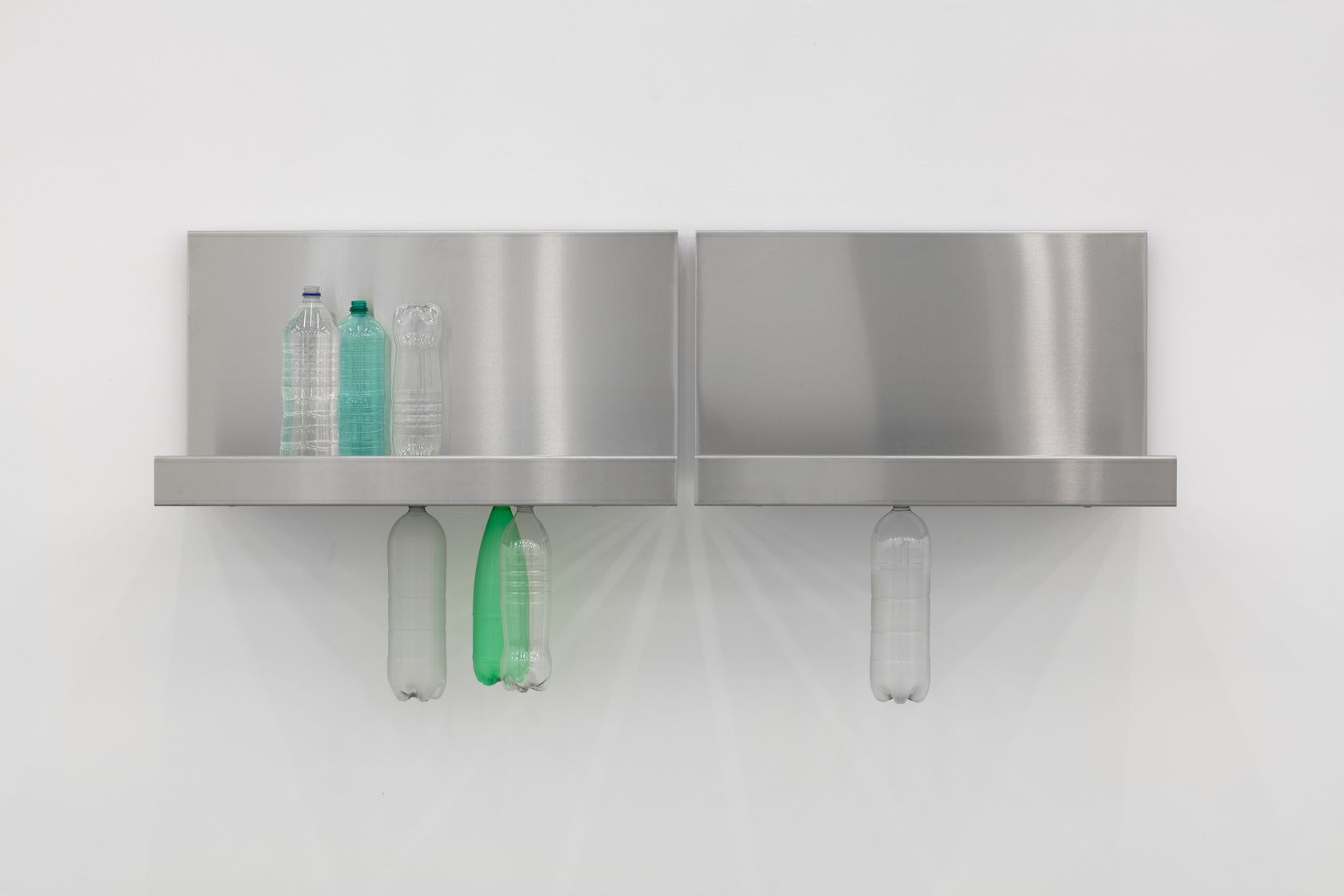
-
Phillip Lai, Phillip Lai – Installation view
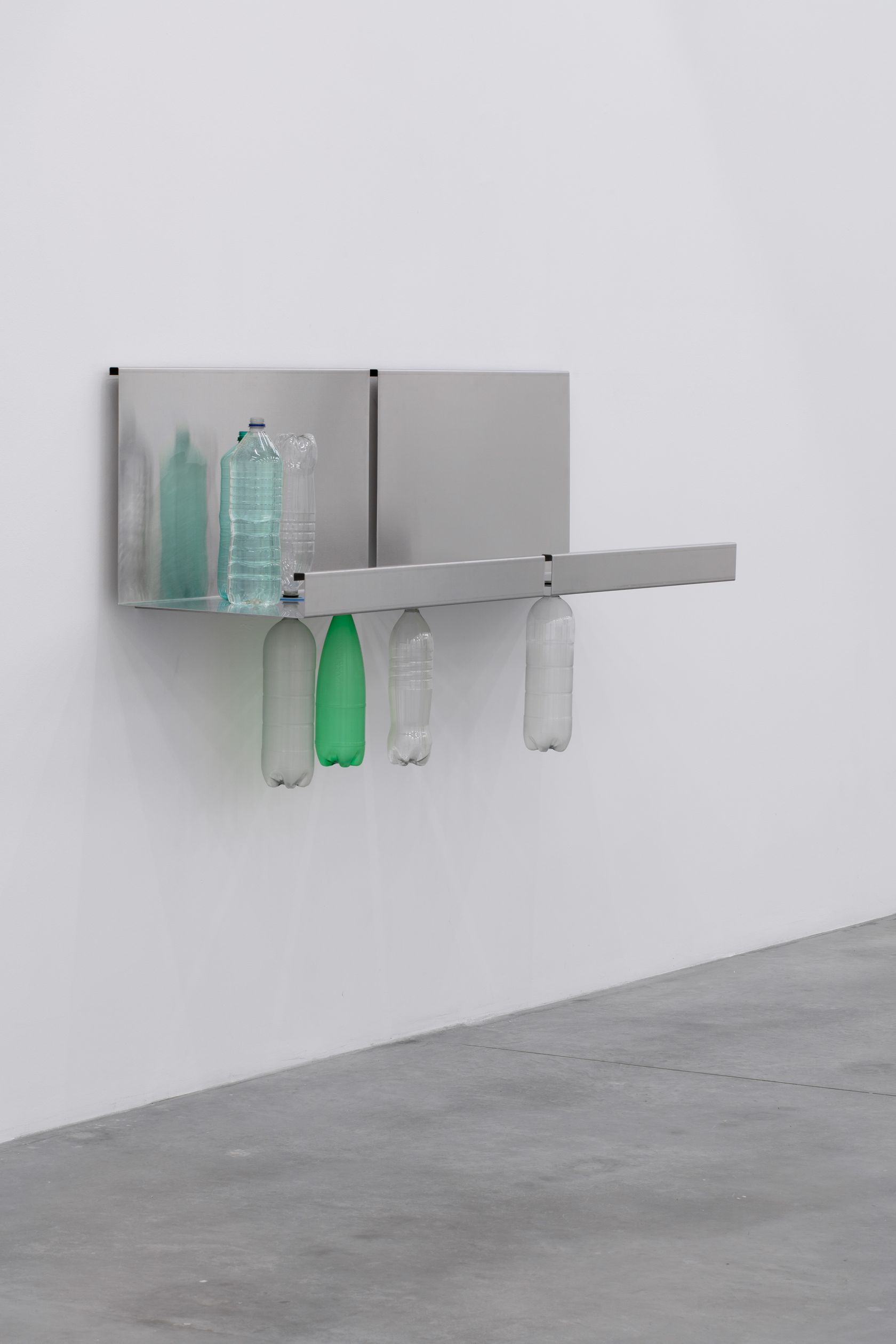
-
Phillip Lai, Phillip Lai – Installation view
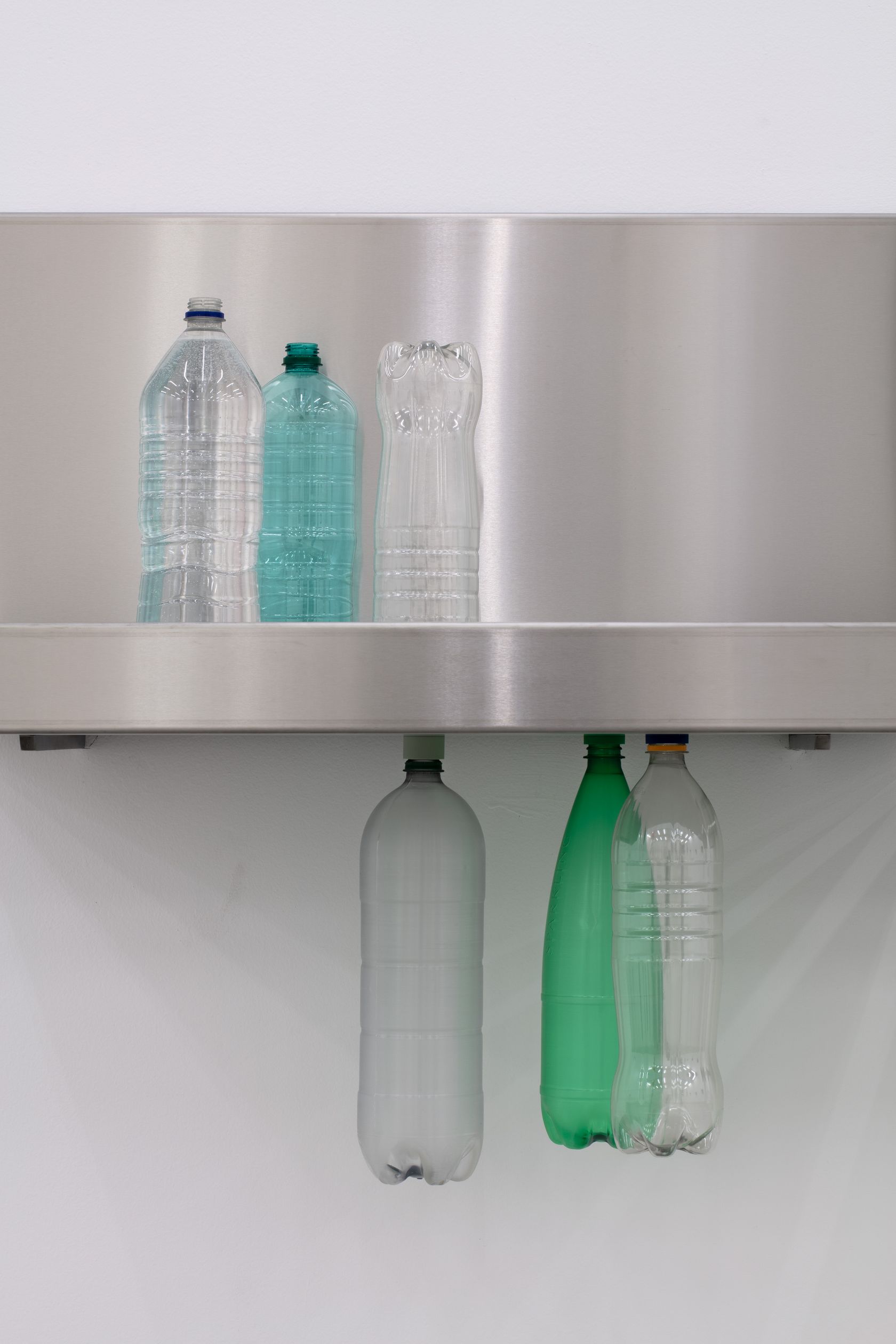
-
Phillip Lai, Phillip Lai – Installation view
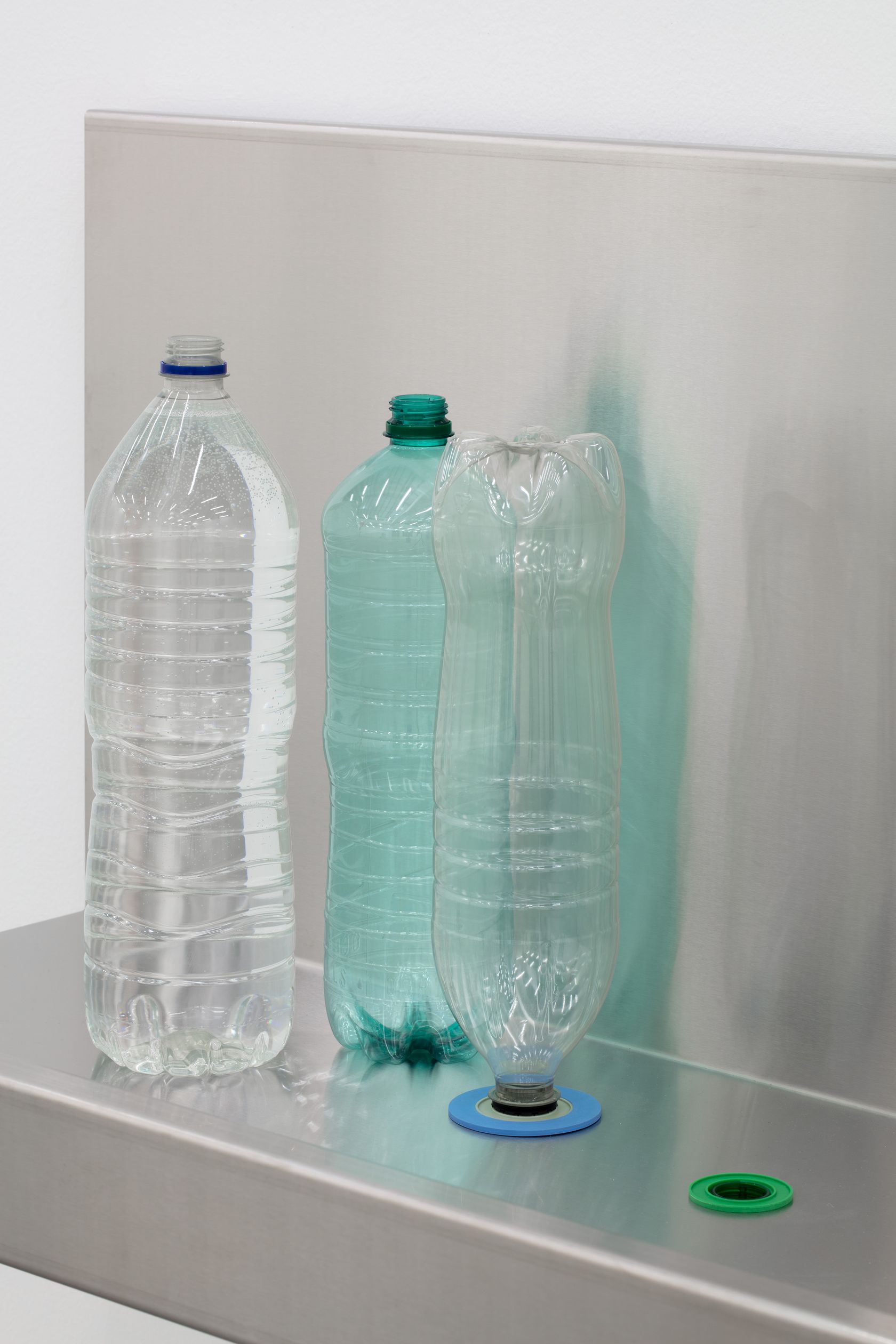
-
Phillip Lai, Phillip Lai – Installation view
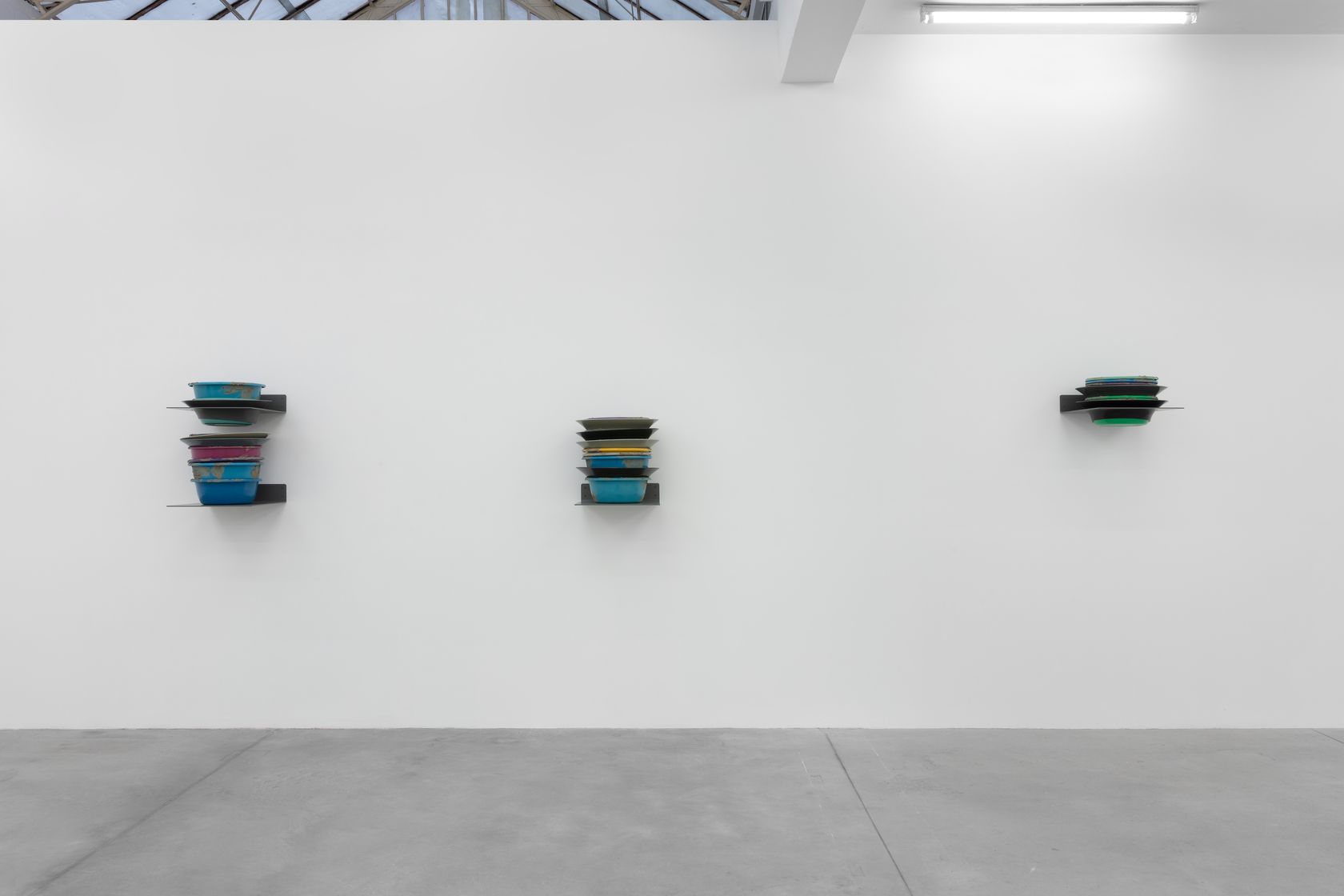
-
Phillip Lai, Phillip Lai – Installation view
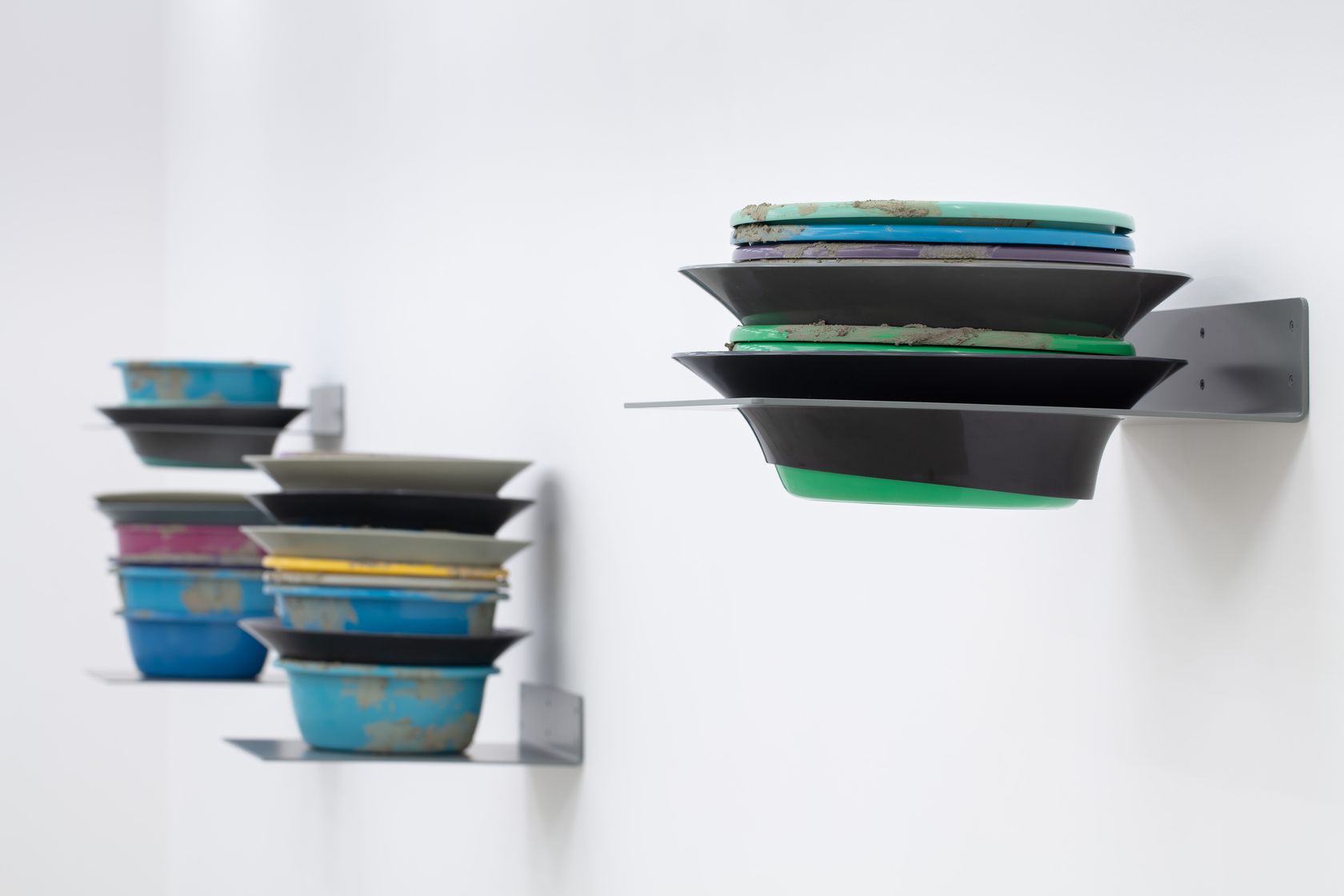
-
Phillip Lai, Phillip Lai – Installation view
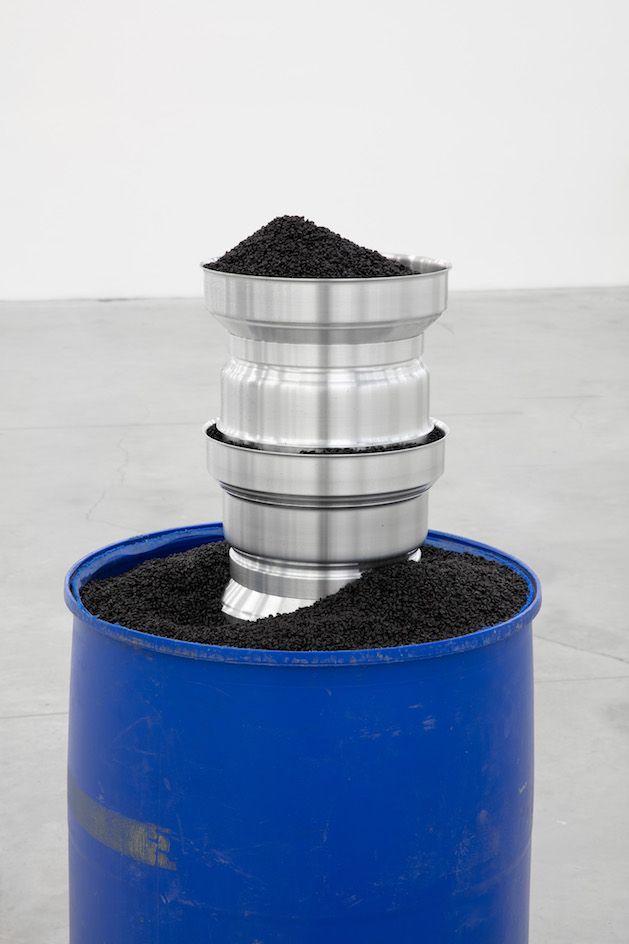
-
Phillip Lai, Phillip Lai – Installation view
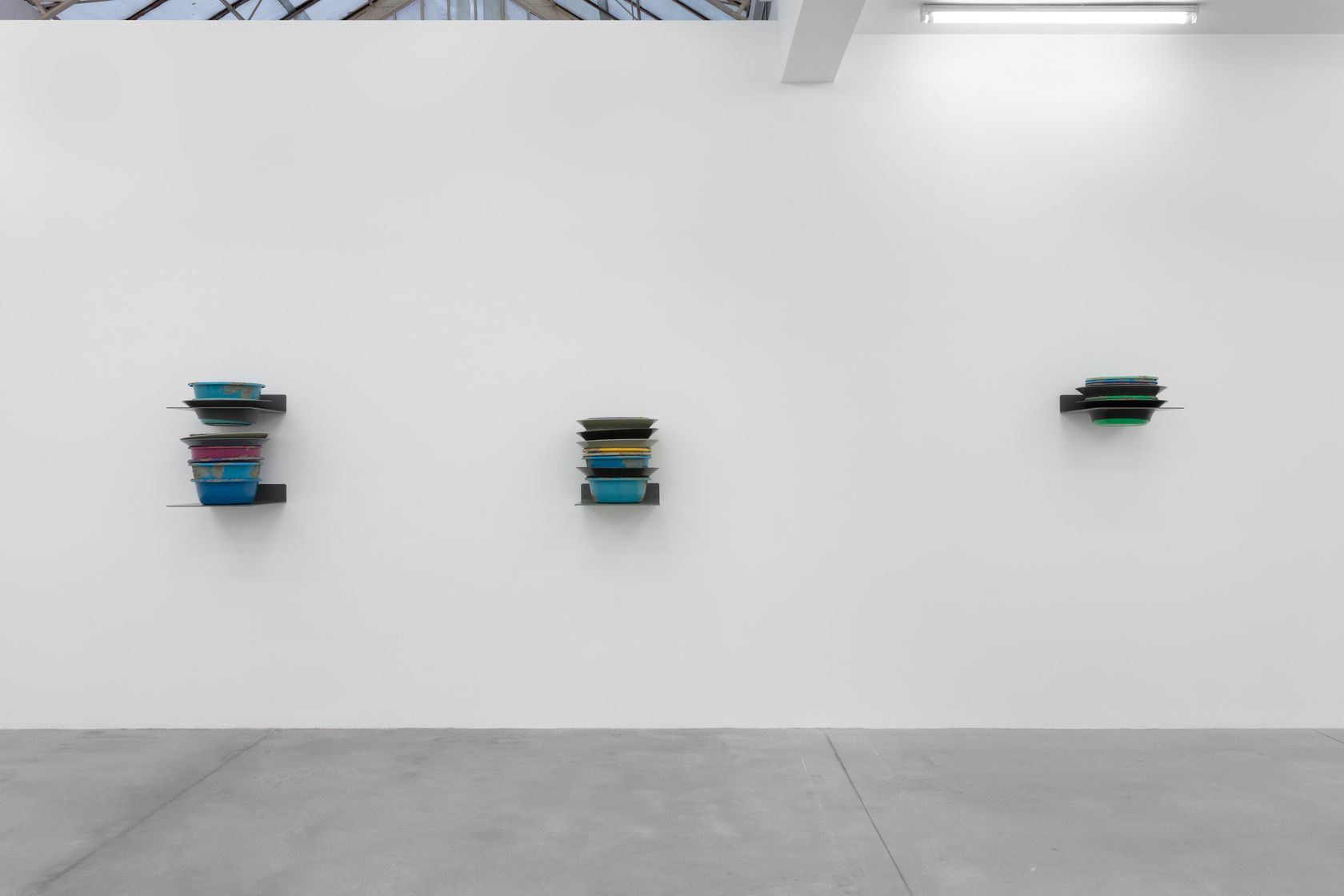
-
Phillip Lai, Phillip Lai – Installation view
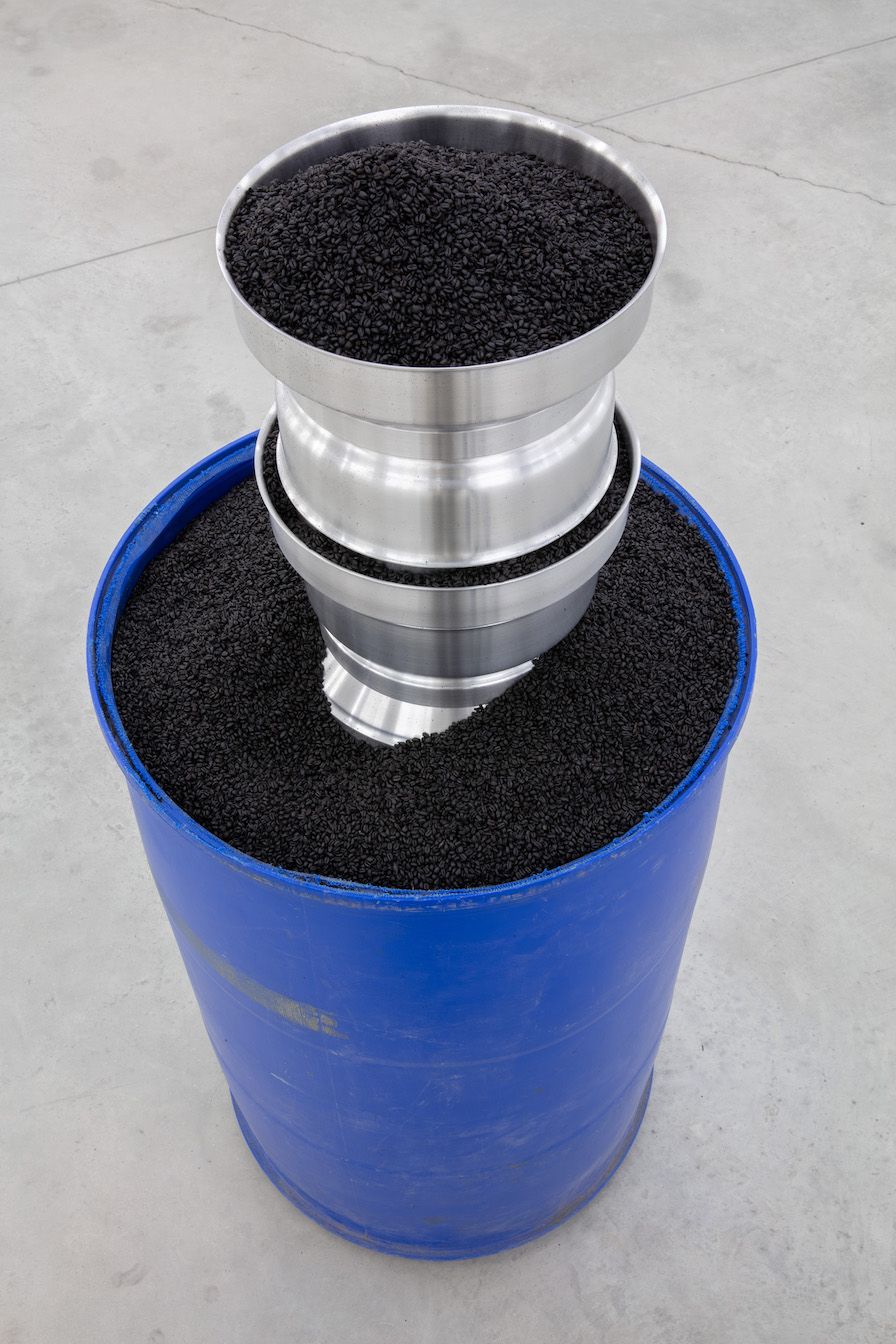
-
Phillip Lai, Phillip Lai – Installation view
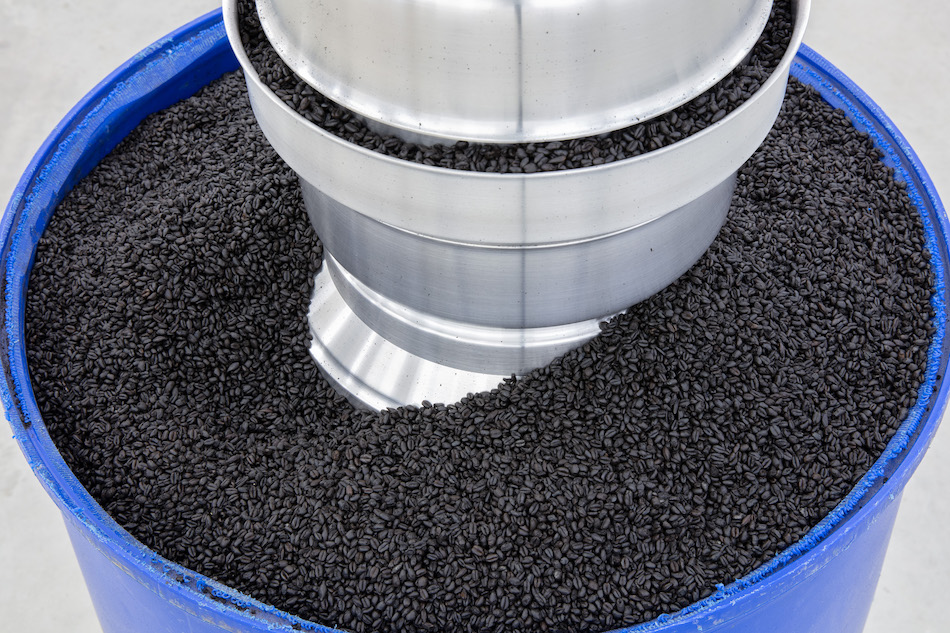
-
Phillip Lai, Phillip Lai – Installation view
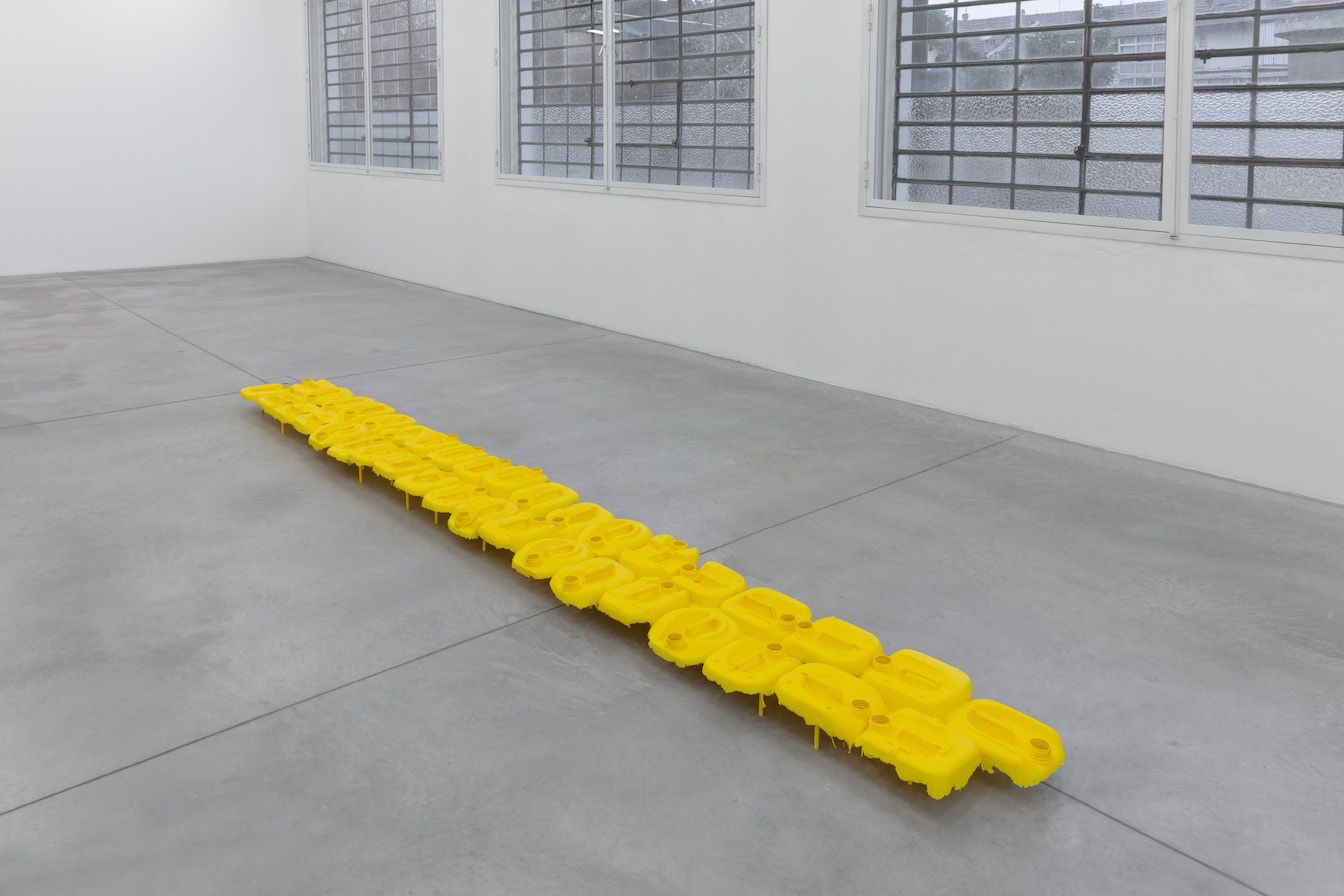
-
Phillip Lai, Phillip Lai – Installation view
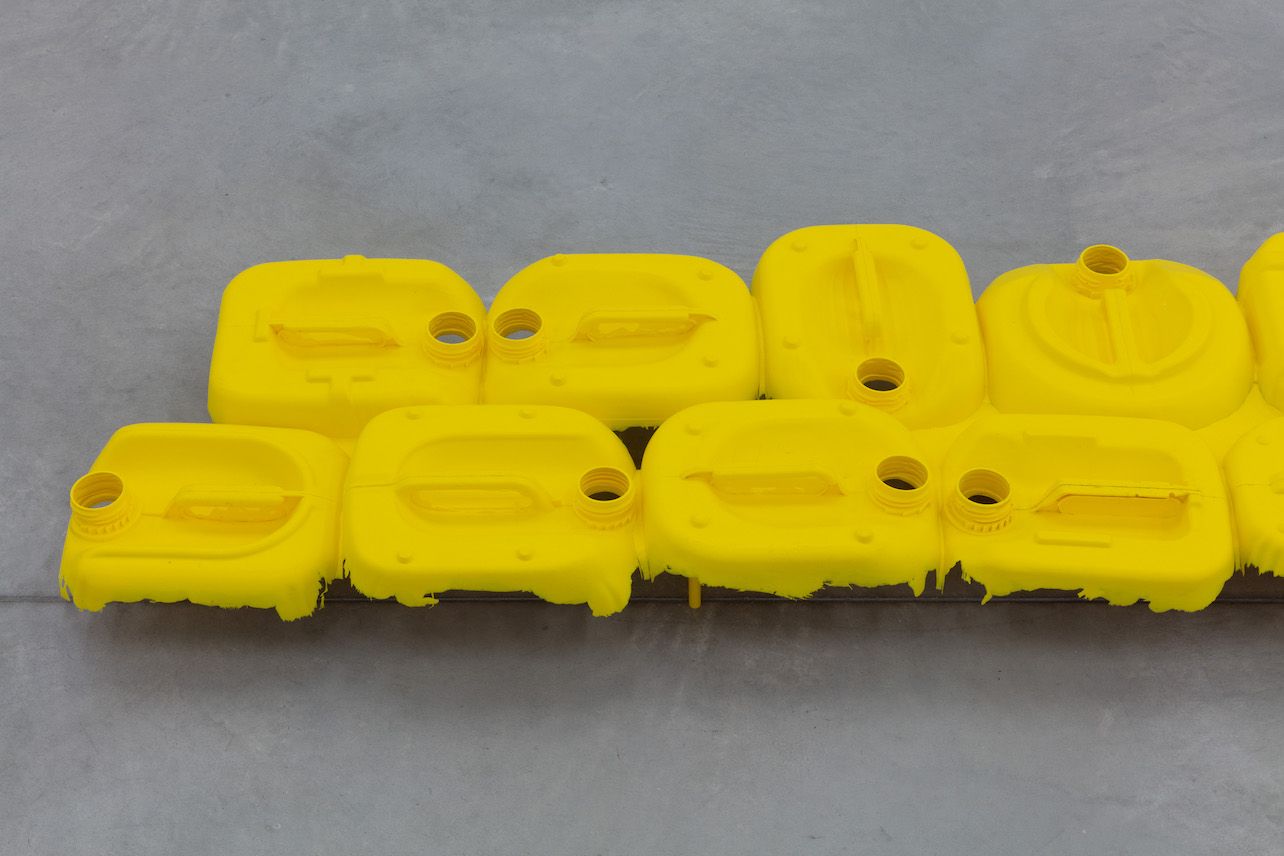
-
Phillip Lai, Phillip Lai – Installation view
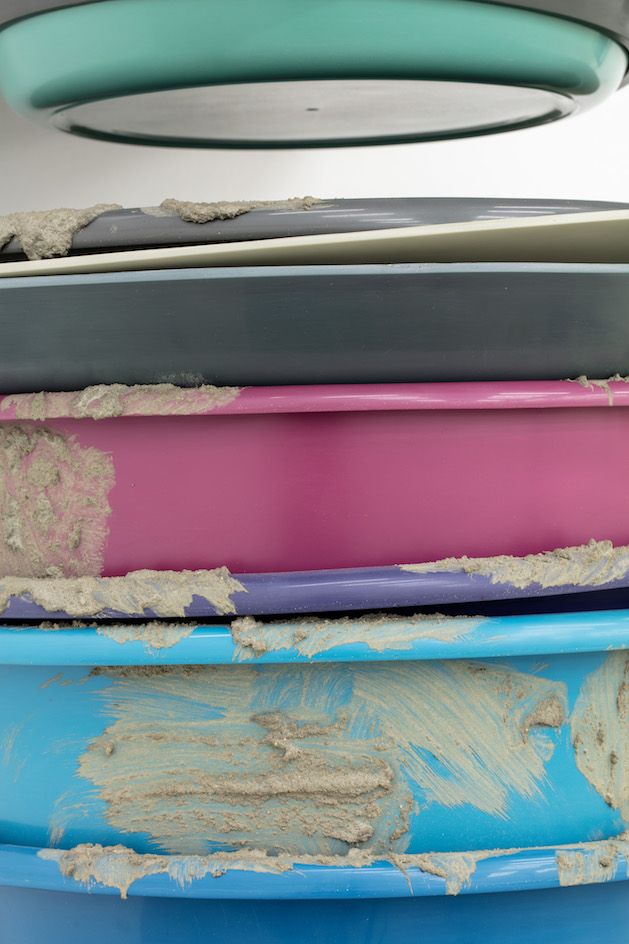
-
Phillip Lai, Phillip Lai – Installation view
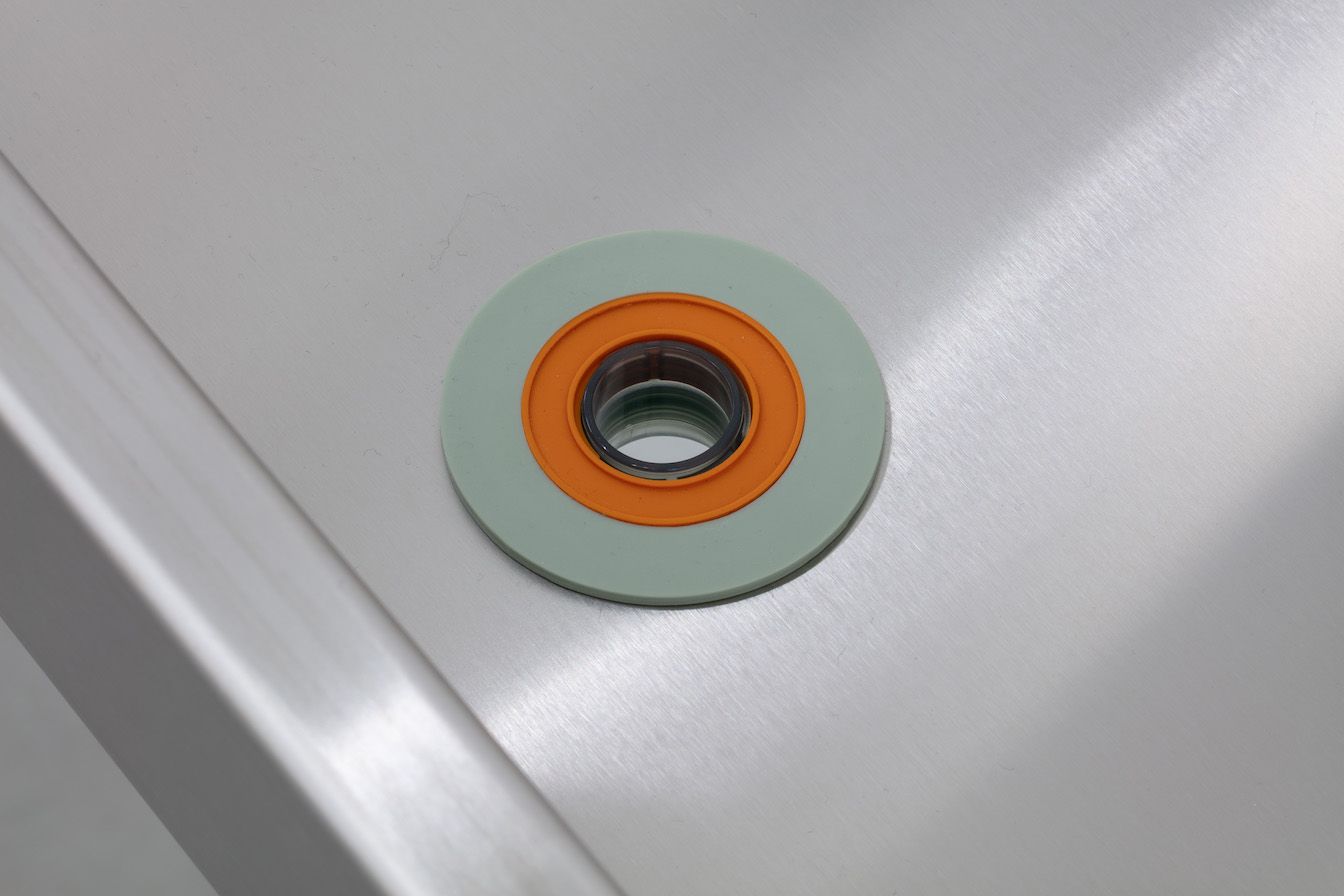
-
Phillip Lai, Phillip Lai – Installation view
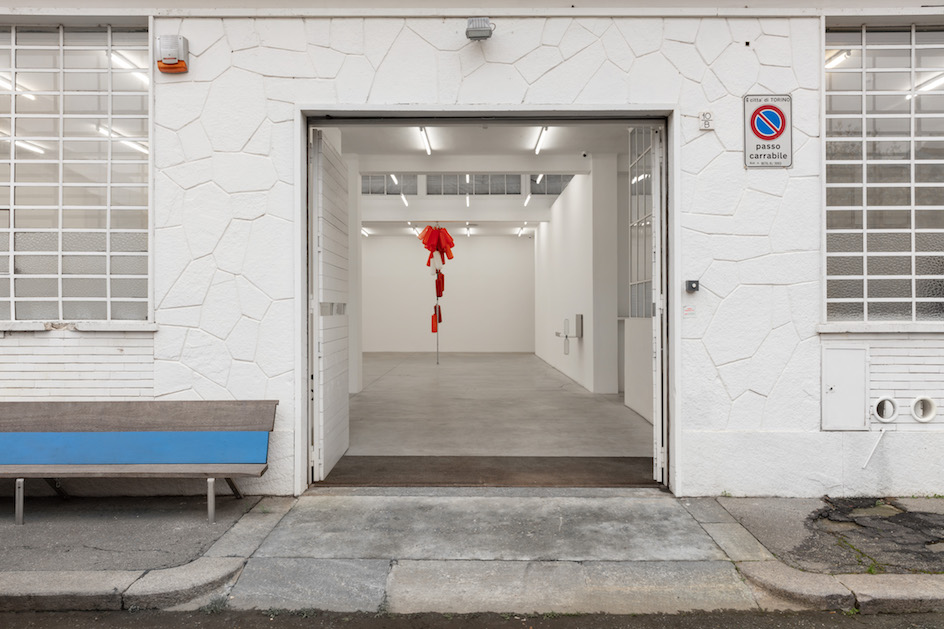
-
Phillip Lai, Phillip Lai – Installation view
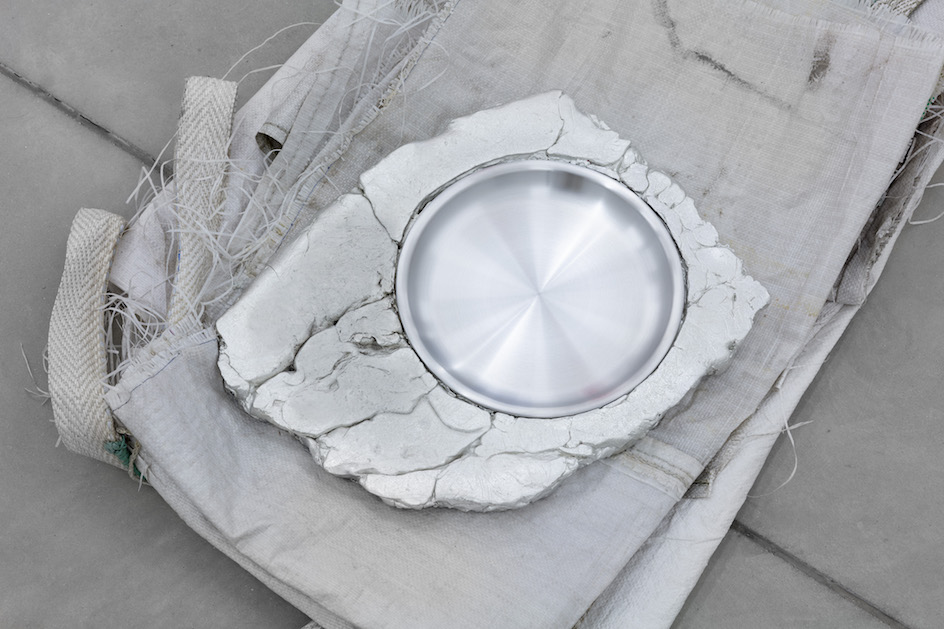
-
Phillip Lai, Phillip Lai – Installation view
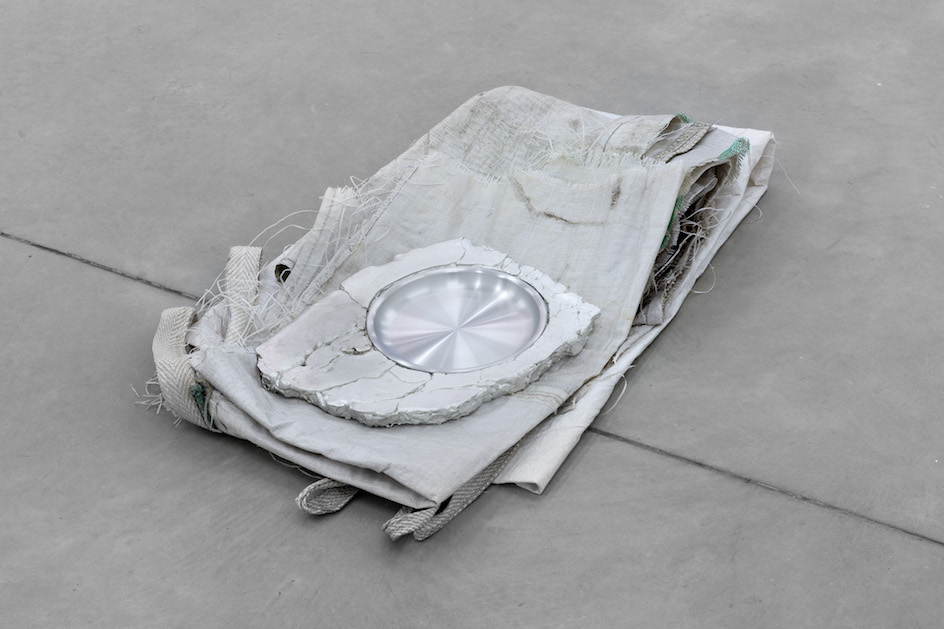
-
Phillip Lai, Phillip Lai – Installation view
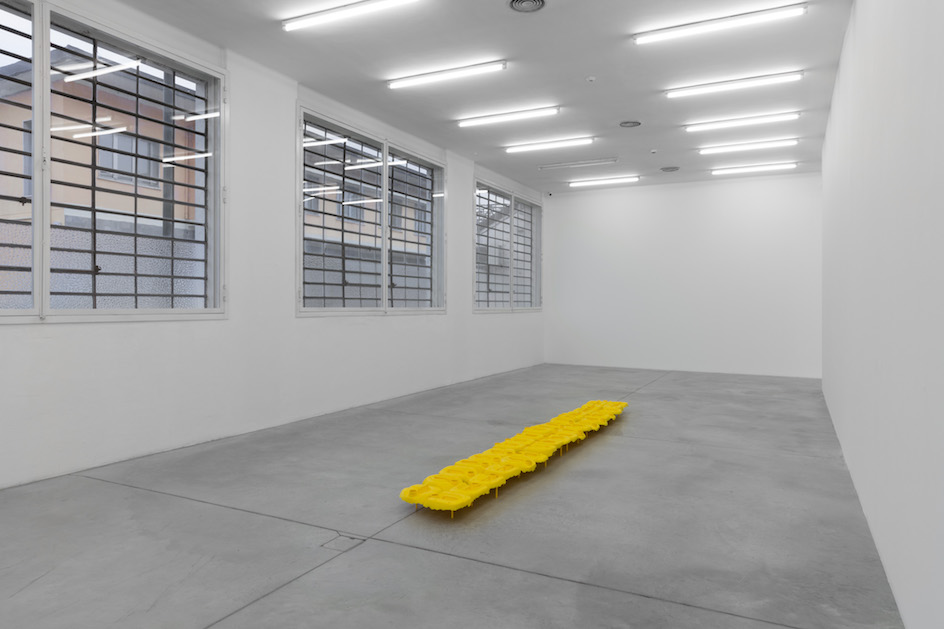
-
Phillip Lai, Phillip Lai – Installation view
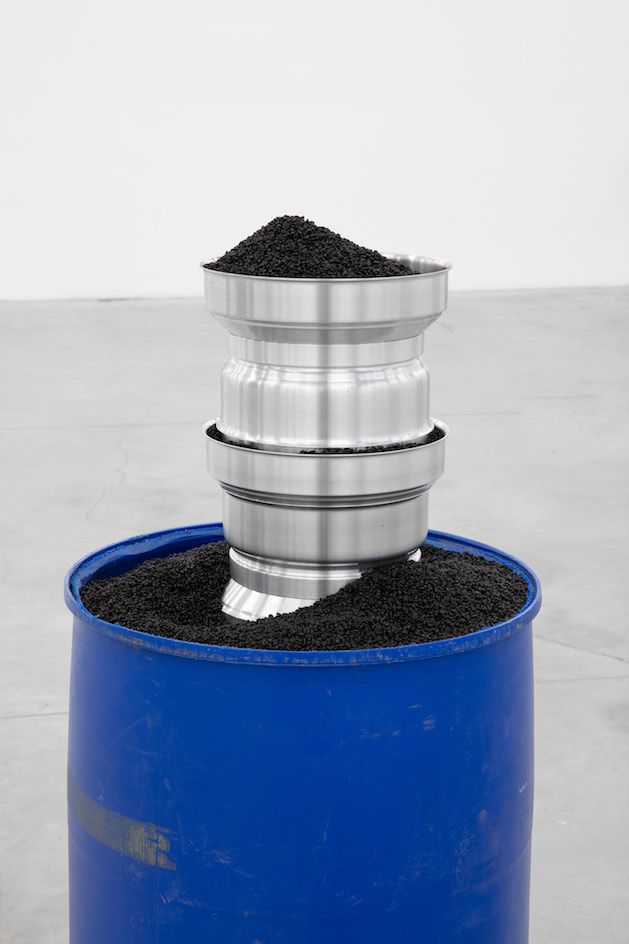
-
Phillip Lai, Phillip Lai – Installation view
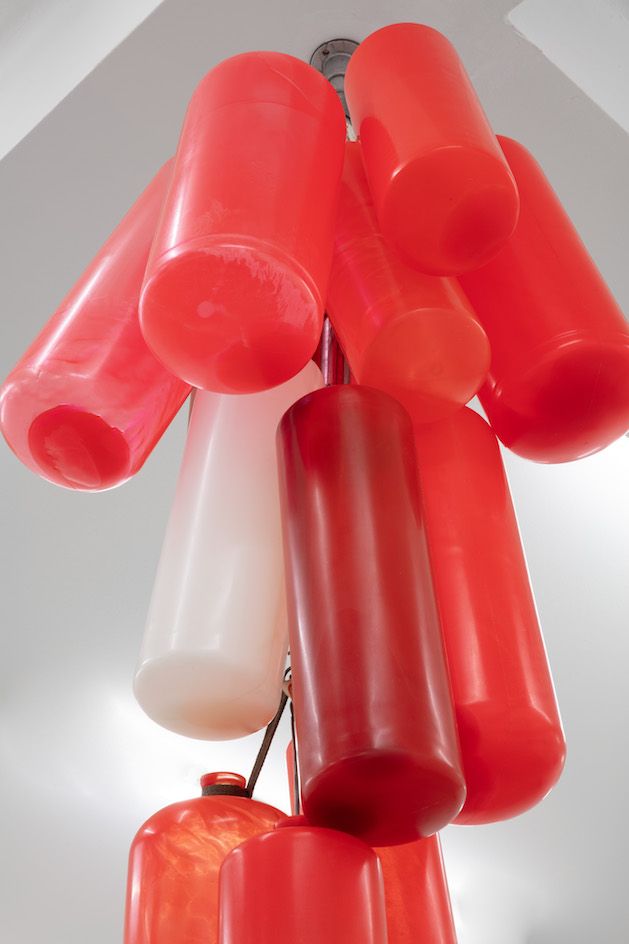
-
Phillip Lai, Phillip Lai – Installation view
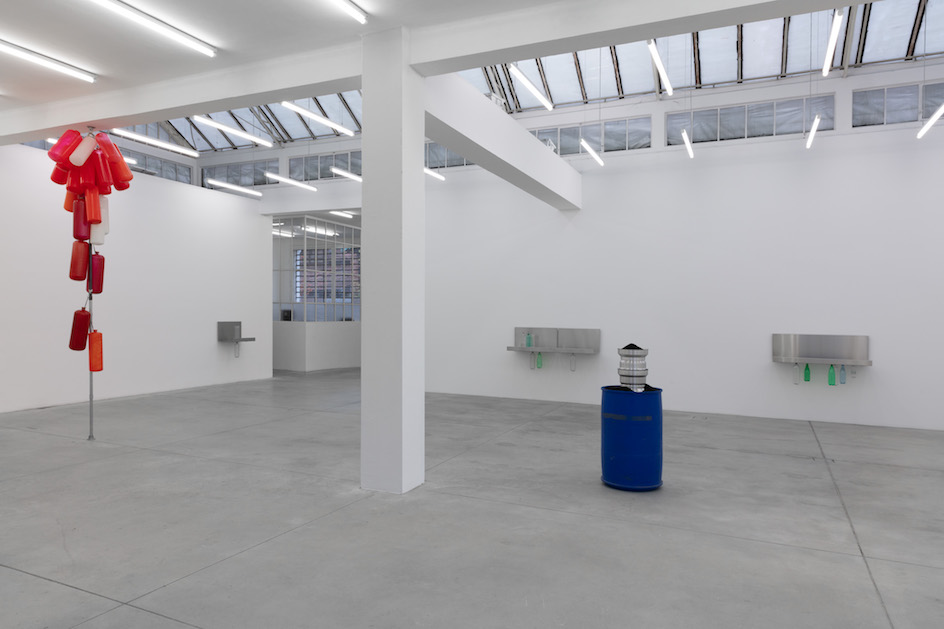
-
Phillip Lai, Phillip Lai – Installation view
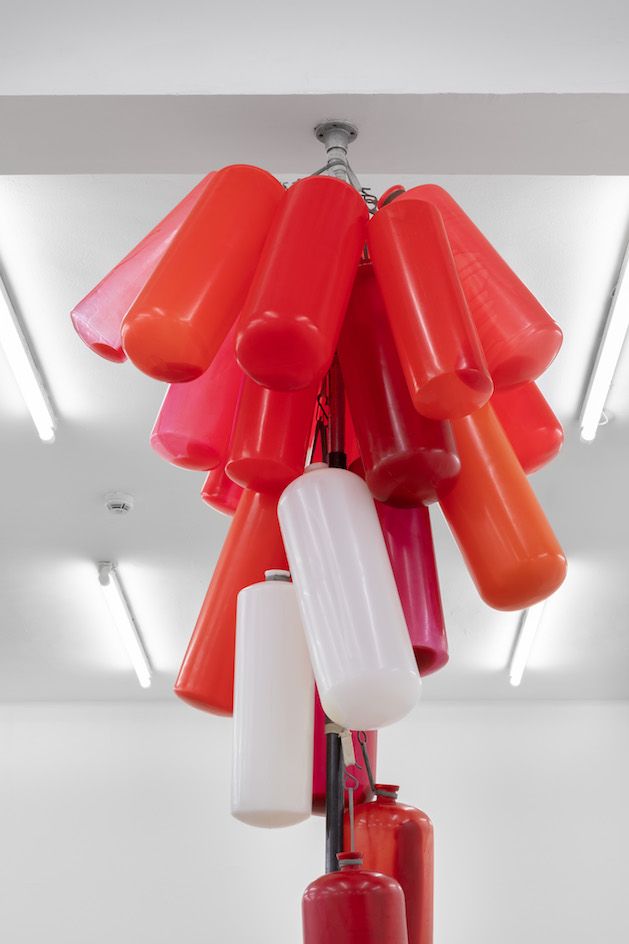
-
Phillip Lai, Phillip Lai – Installation view
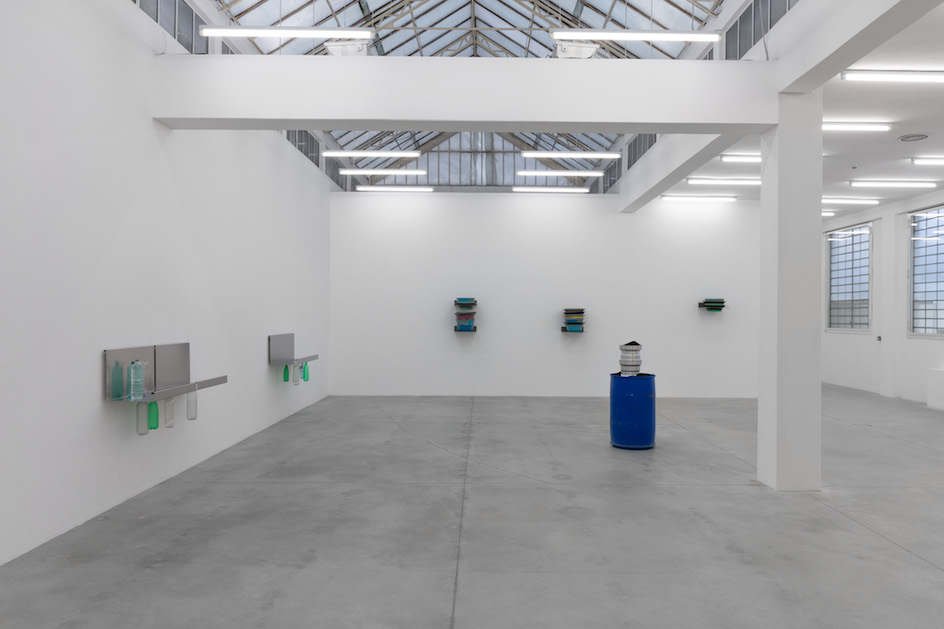
-
Phillip Lai, Phillip Lai – Installation view
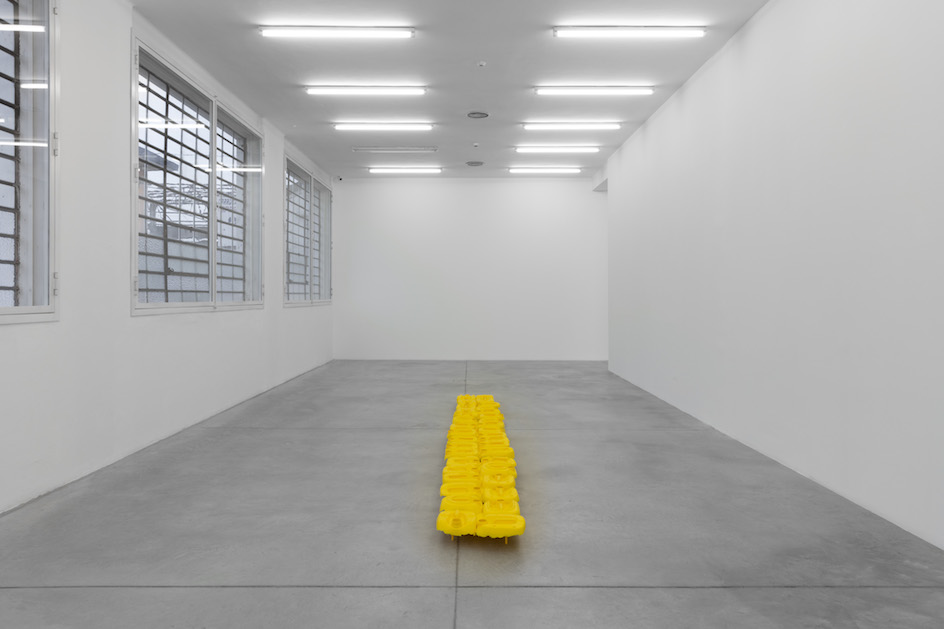
-
Phillip Lai, Phillip Lai – Installation view

-
Phillip Lai, Phillip Lai – Installation view
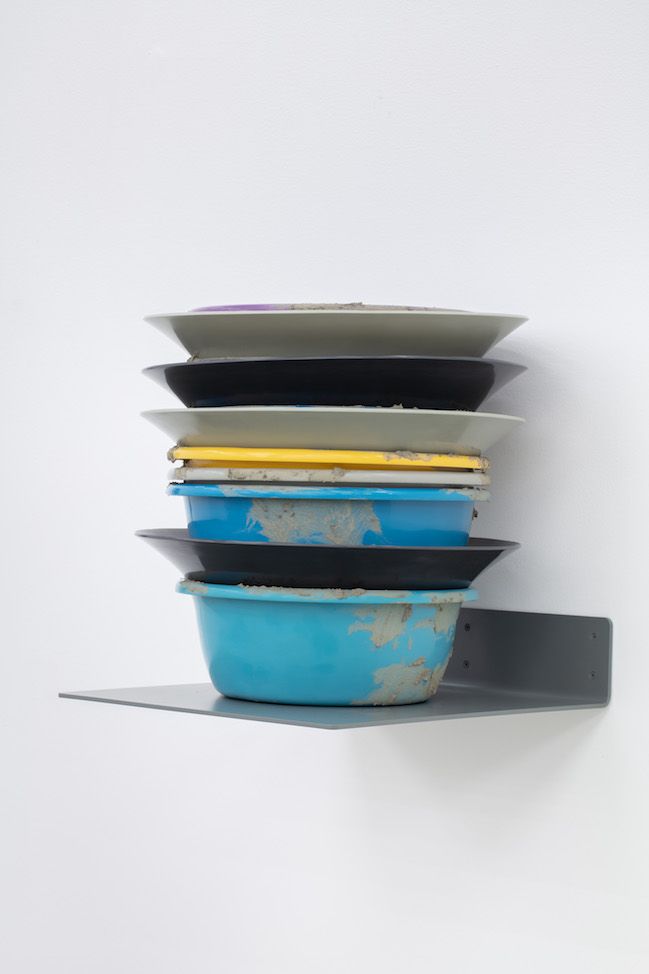
-
Phillip Lai, Phillip Lai – Installation view
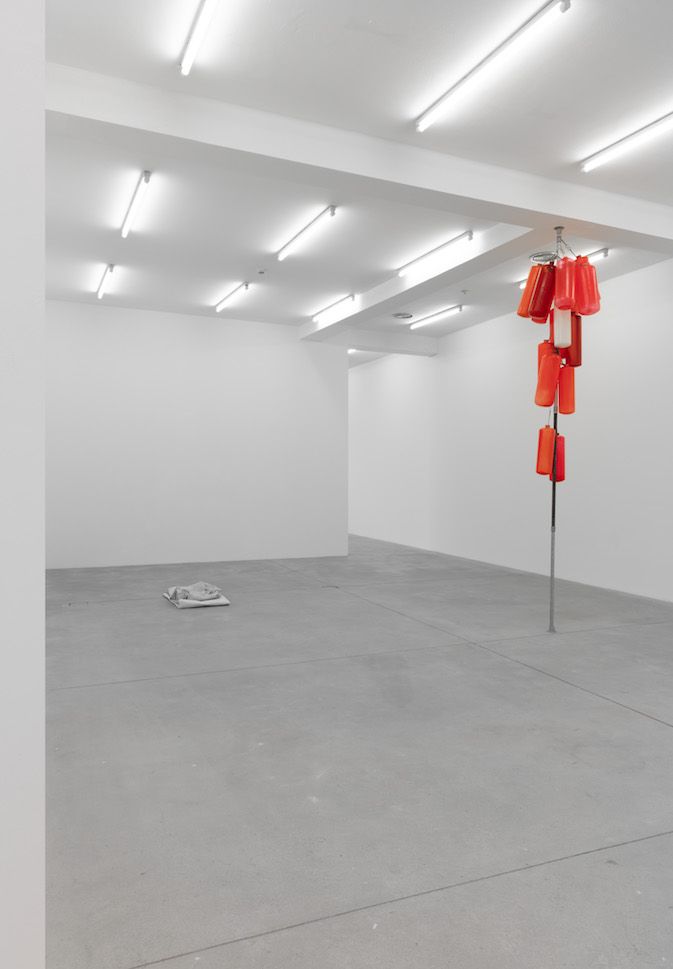
-
Phillip Lai, Phillip Lai – Installation view
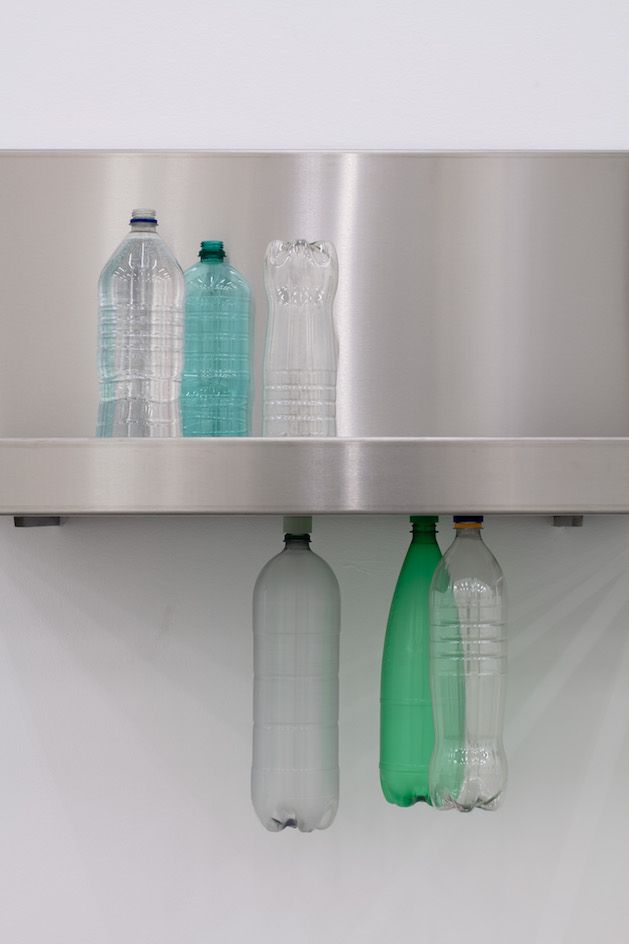
-
Phillip Lai, Phillip Lai – Installation view

-
Phillip Lai, Phillip Lai – Installation view
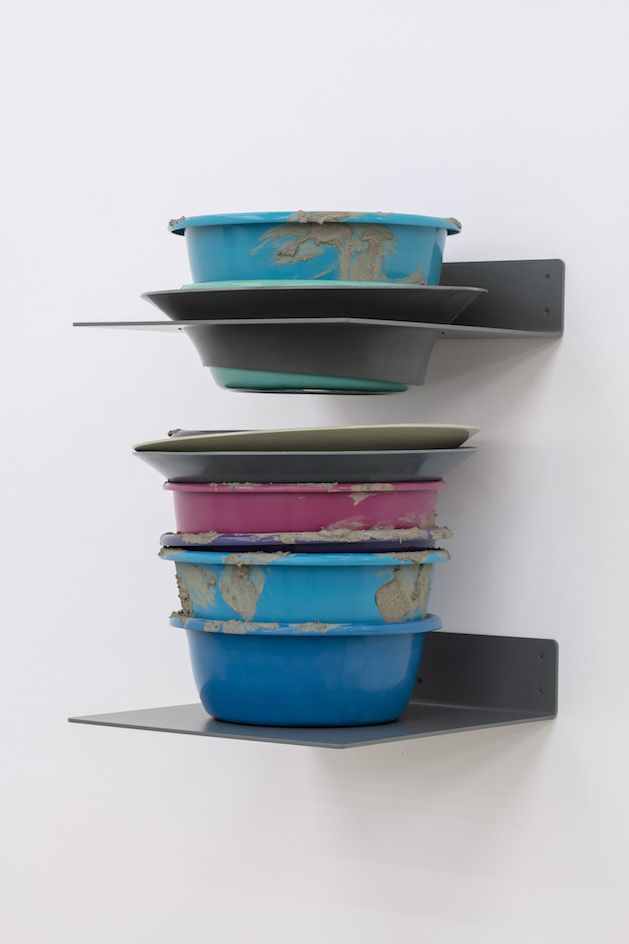
-
Phillip Lai, Phillip Lai – Installation view
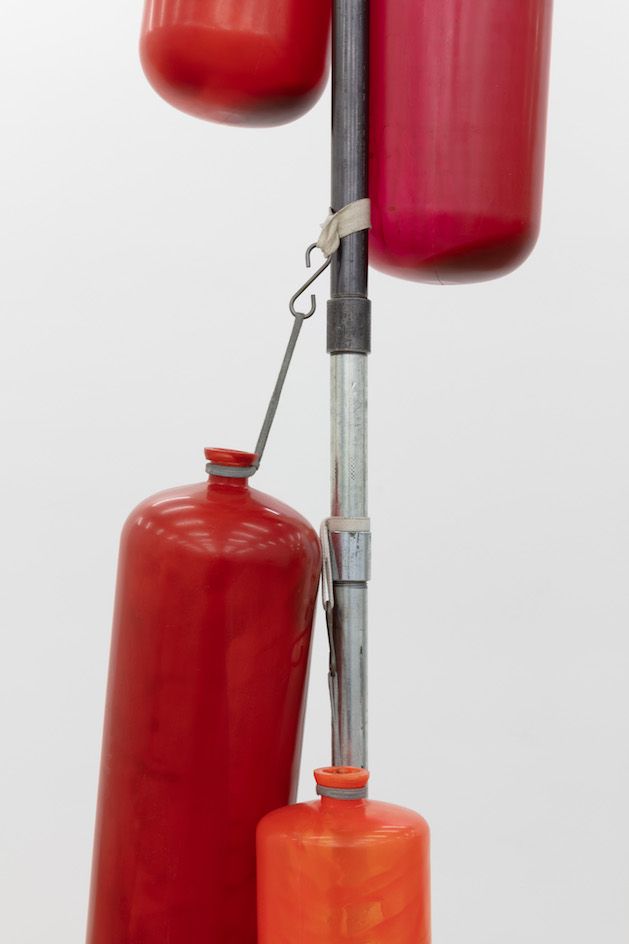
-
Phillip Lai, Phillip Lai – Installation view
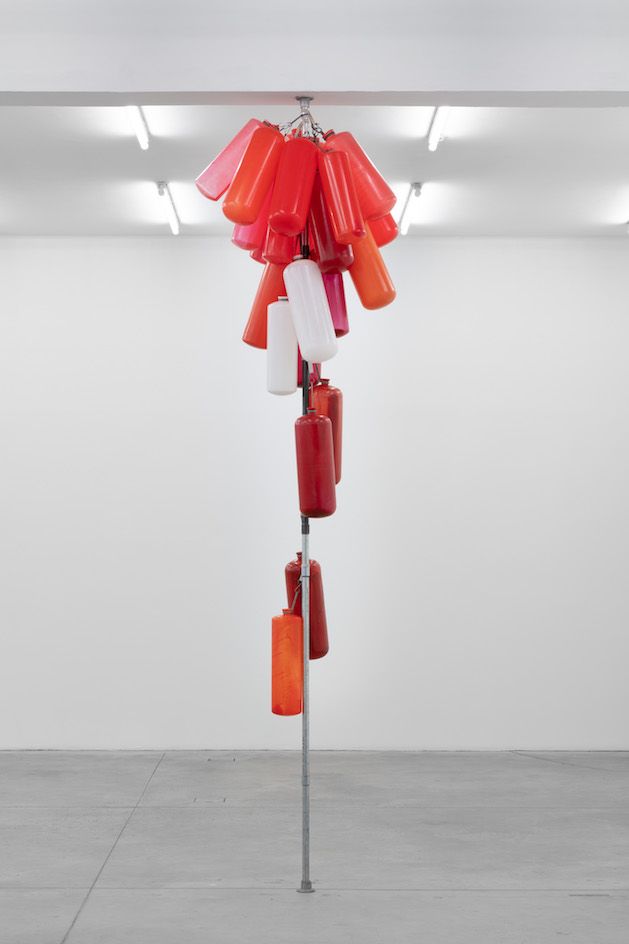
-
Phillip Lai, Phillip Lai – Installation view
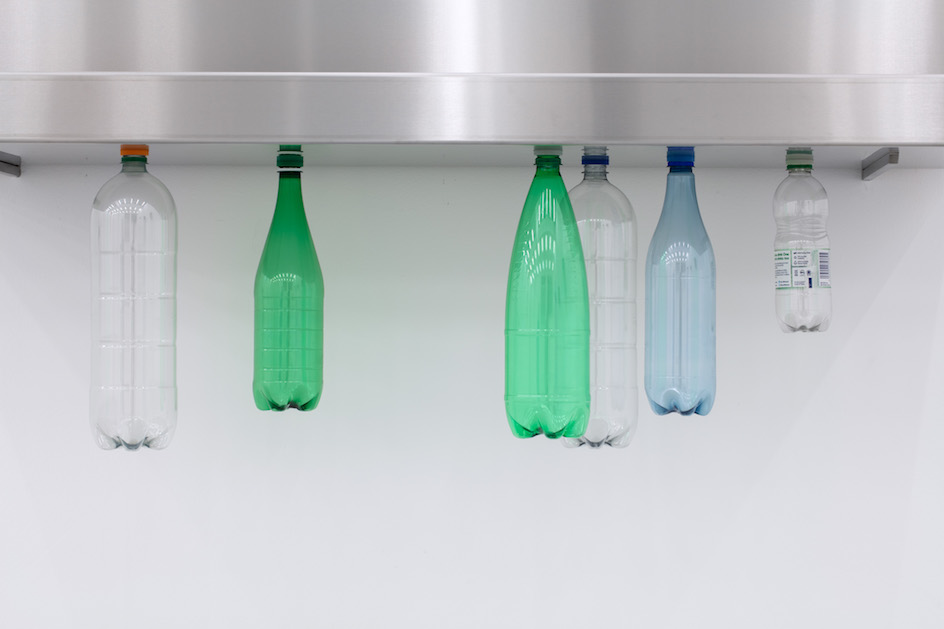
-
Phillip Lai, Phillip Lai – Installation view
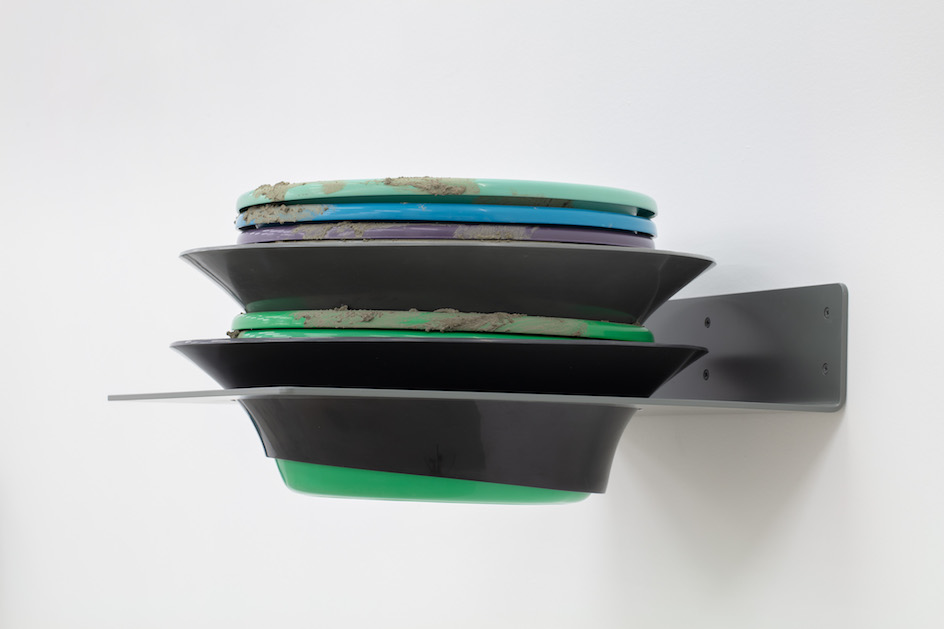
-
Phillip Lai, Phillip Lai – Installation view
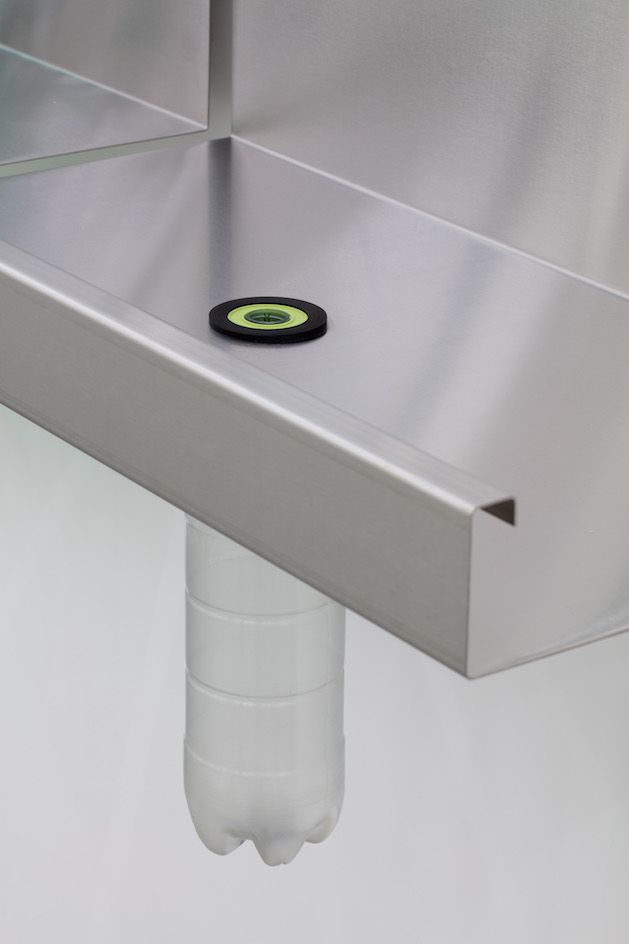
-
Phillip Lai, Phillip Lai – Installation view
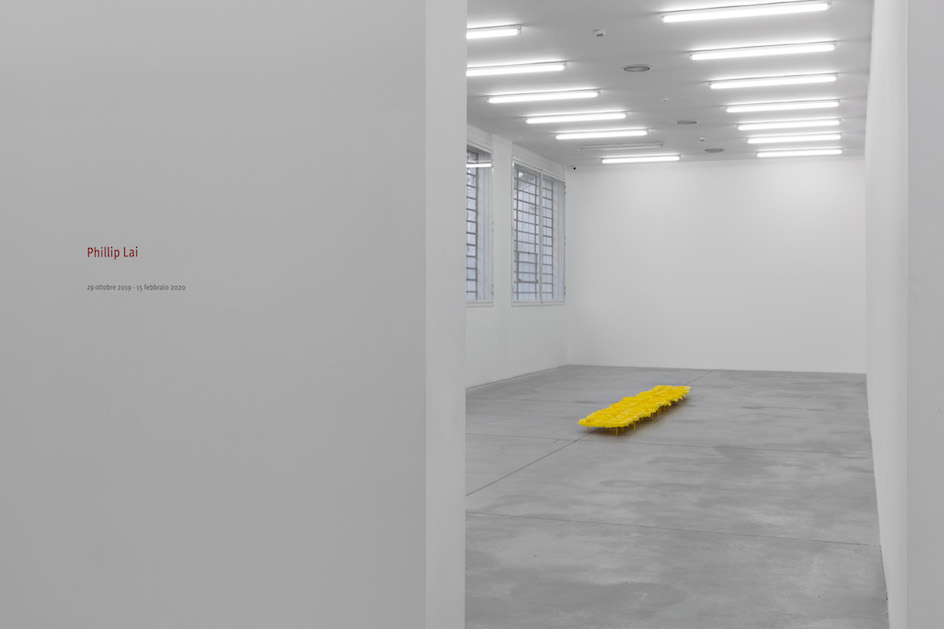
-
Phillip Lai, Phillip Lai – Installation view
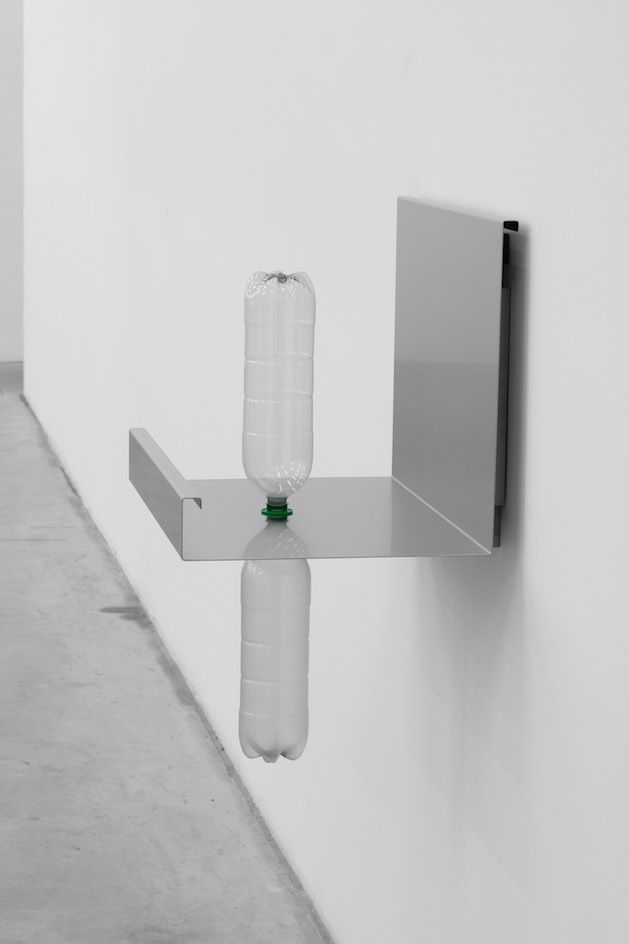
-
Phillip Lai, Phillip Lai – Installation view

Galleria Franco Noero is pleased to announce the third solo exhibition by Phillip Lai in Turin, the first to be held in the spaces in Via Mottalciata.
Lai has created a series of new works for the exhibition, further formulating a type of representation that takes from the real world, while also describing a detachment that conveys and questions a sublimated, rarefied vision.
The objects that inhabit the spaces of the gallery have a familiar basis but are subject to differing degrees of abstracted visual form and configuration. Sometimes drawing from ubiquitous and mass-produced items they are mostly made ‘from scratch’ by the artist or in conjunction with fabricators. For such throwaway items therefore, the material reality of the forms is substantially invested and the lengthy processes serve to isolate and circumscribe particular characteristics of such objects, revealing something of essence and purging them of the superfluous.
Within the exhibition there are references to materials and conditions that speak of sustaining and nourishing life. Water in particular is figured in the notional bottle-filling stations as well as the visualisation of the often re-use of plastic jerrycans for water in West Africa for example. In the works, the imprints of these references are present but also questioned by their visual particularities, materialisation and poise. The long yellow cast of containers takes only from their upper surfaces rendering them without bulky volume but instead a shell-like, fragile and intensely coloured material continuum. It is raised and supported from the ground with rods, perhaps also giving it the sense of a model.
Within another work there is a large but contained volume of wheatgrain. As well as the placelessness of the ubiquitous object the artist is also interested in the extremes of scale that a shifting and granular material such as this can inhabit – ranging from single grain to mountain. The latency of this material is also relevant; as stockpile and of course a food reserve. However, the wheat here has a notably black appearance and acrid smell, denoting a burning process that the artist has enacted on it, rendering it beyond human consumption.
In other work also, expected economies are upturned or confused. The use of concrete within stacked basin-like objects suggest an activity of purposeful building, yet the sculptures also seem to describe expenditure. Red translucent casts in another work have a colourful vitality whilst also showing the residual pouring out of the cast material. There is perhaps a sense of urgency and alarm to this work with its tall accumulated presence.








































































